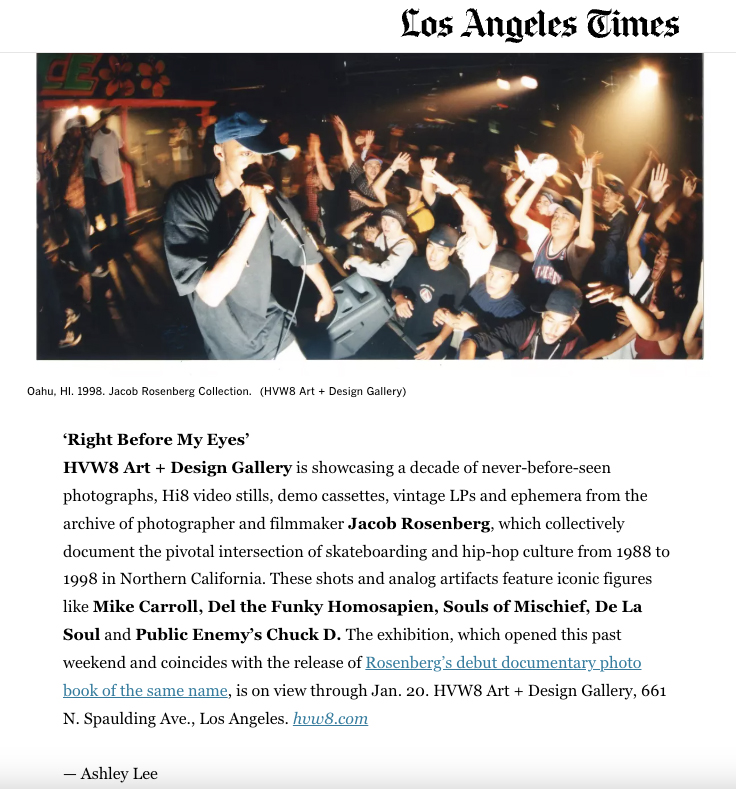
New Articles:
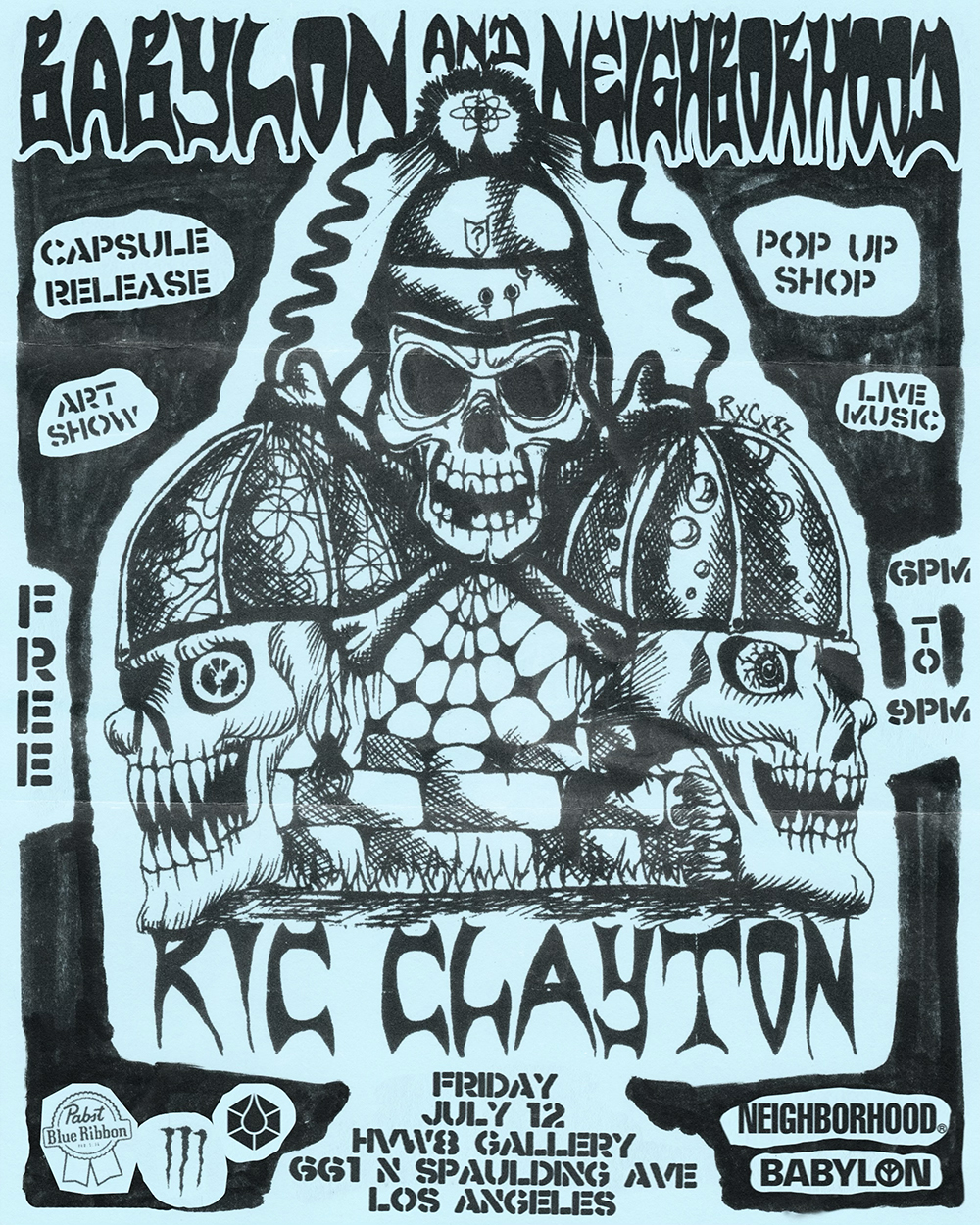
BABYLON & NEIGHBORHOOD presents
CAPSULE RELEASE / POP UP SHOP
ART SHOW BY RIC CLAYTON
LIVE MUSIC
Friday, July 12th, 6-9pm
At HVW8 Gallery
661 N Spaulding Ave
Los Angeles, CA 90036
Artist and musician Ric Clayton has been at the flashpoint of several cultural movements originating in Venice, California. His black and white illustrations for the thrash punk band Suicidal Tendencies are instantly recognizable around the world. Clayton not only created the logo and much of the early artwork for the band, but also played bass guitar for them for a time. He also created artwork for Neighborhood Watch, Excel, Against, Beowülf, and No Mercy.
Clayton was in the mix just as punk and metal cross-pollinated in the early ‘80s. He also stood at the crossroads of the Dogtown skating scene and cholo culture in Los Angeles. Impossibly, Clayton embodied and portrayed all of these movements simultaneously in his artwork.
@babylon.la
@neighborhood_official
#ricclayton
#hvw8gallery
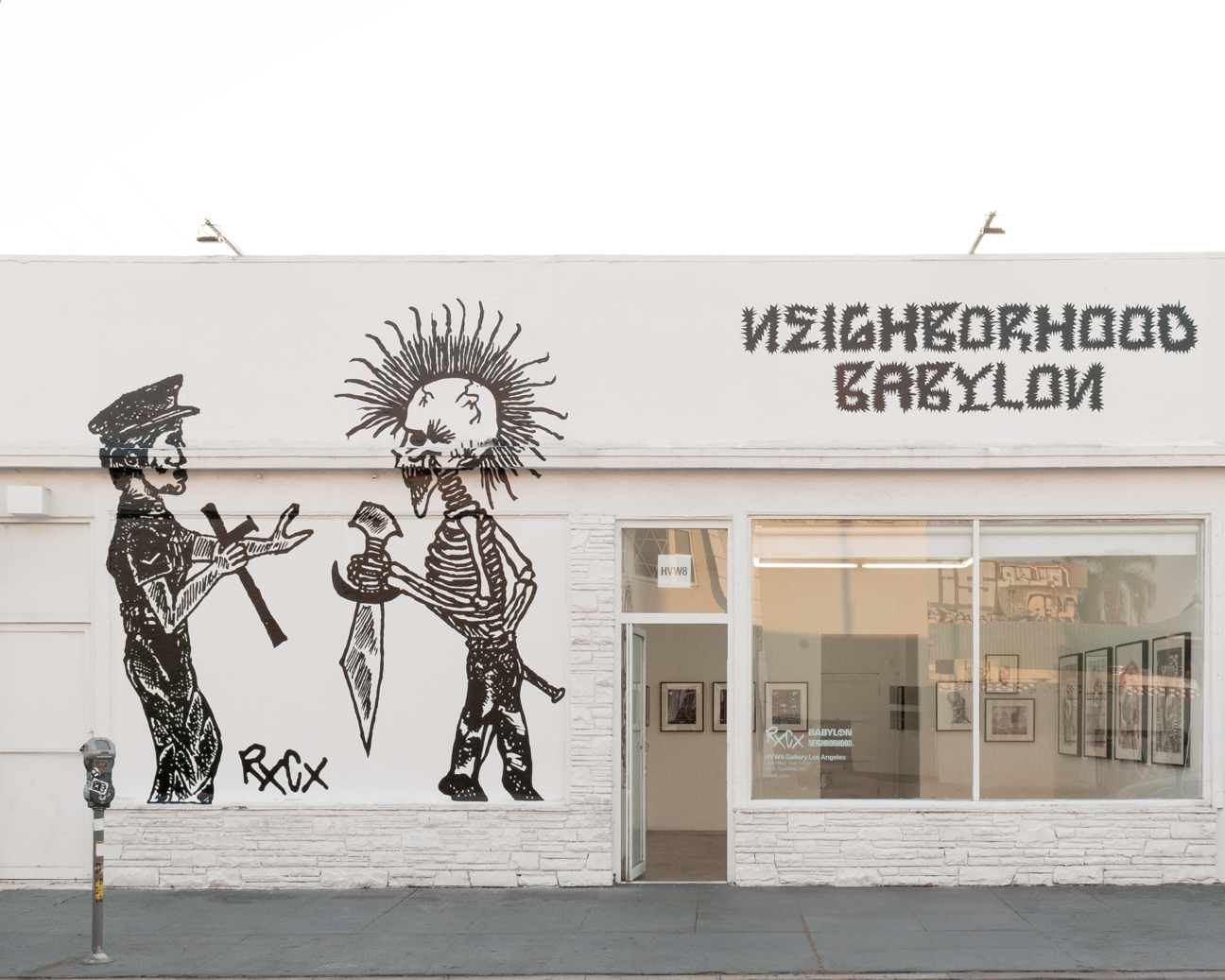
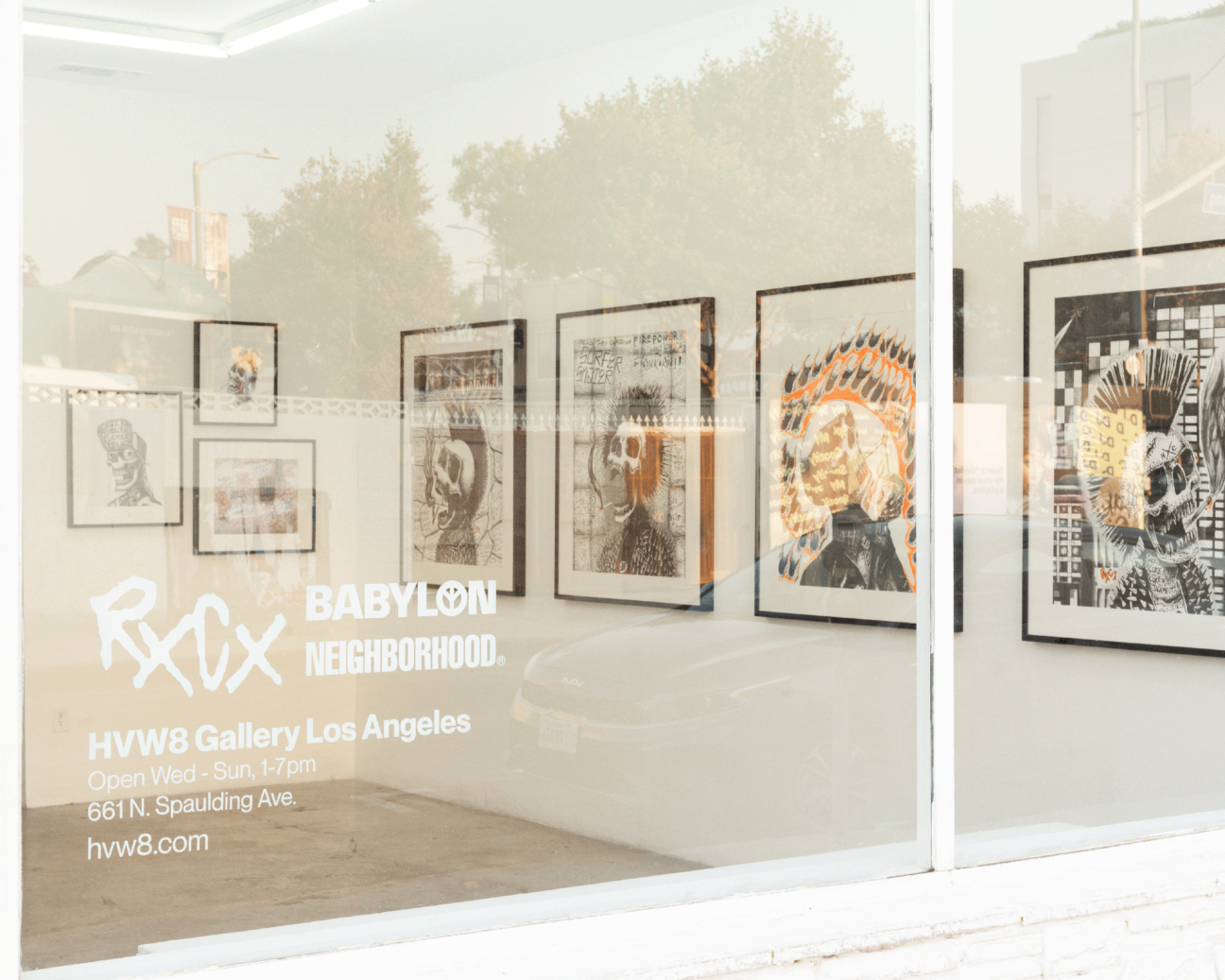
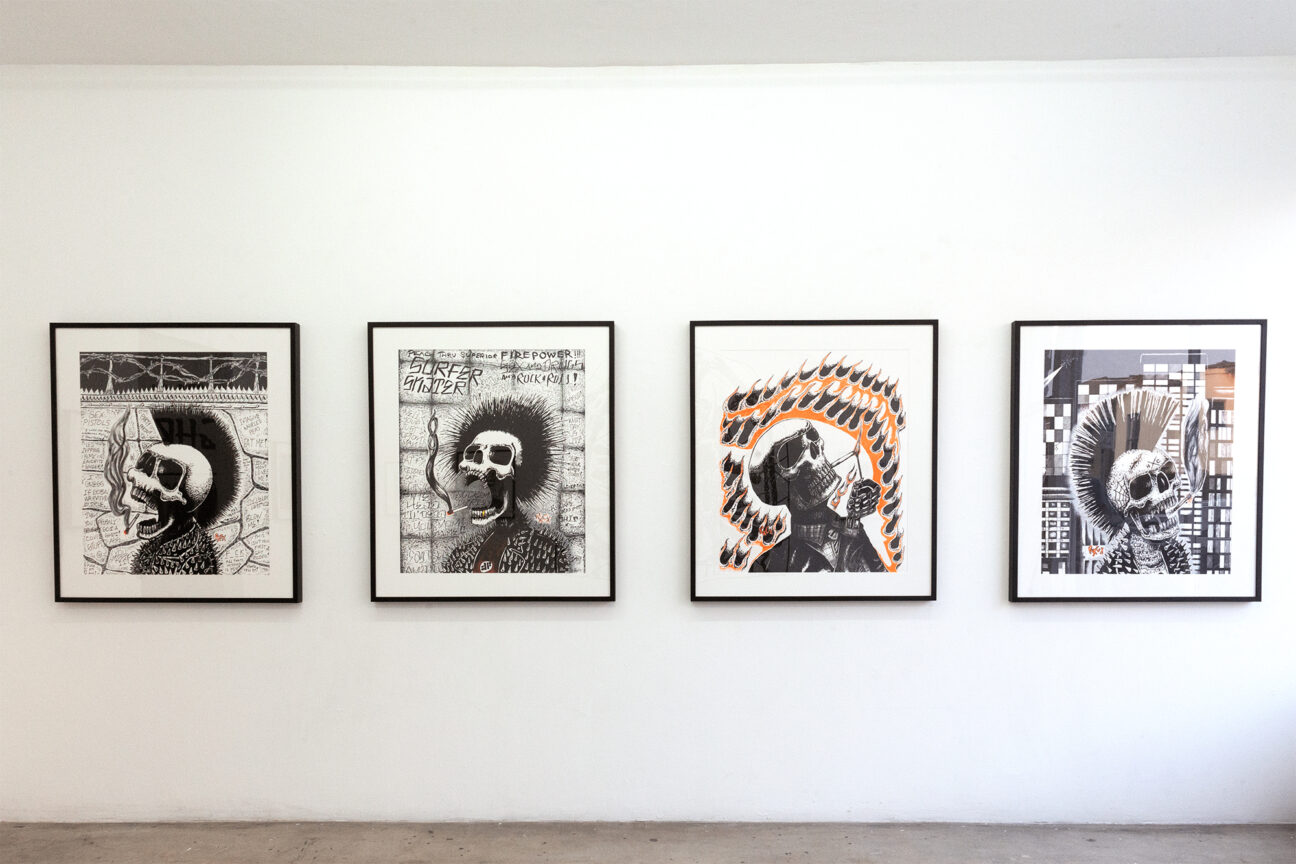
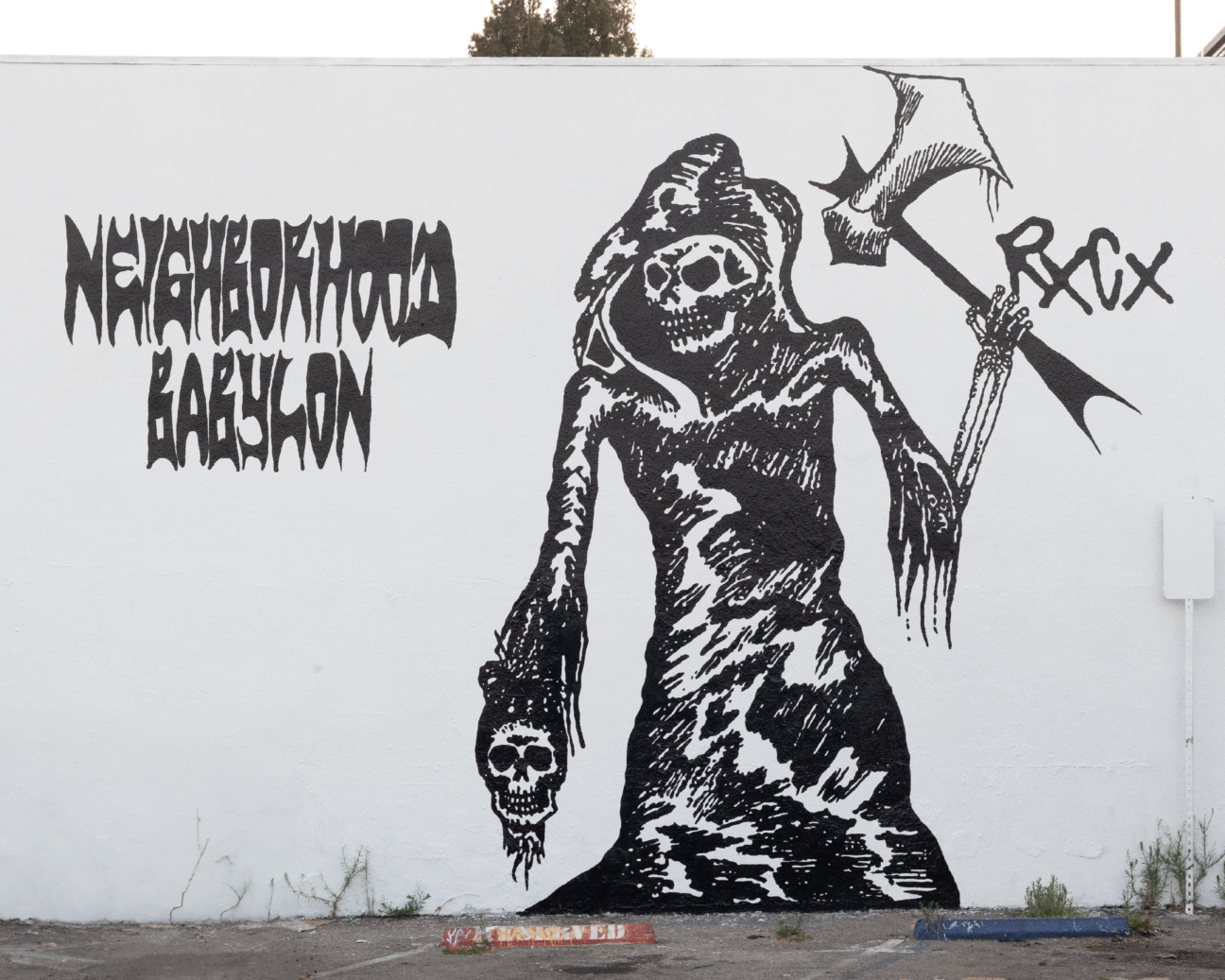
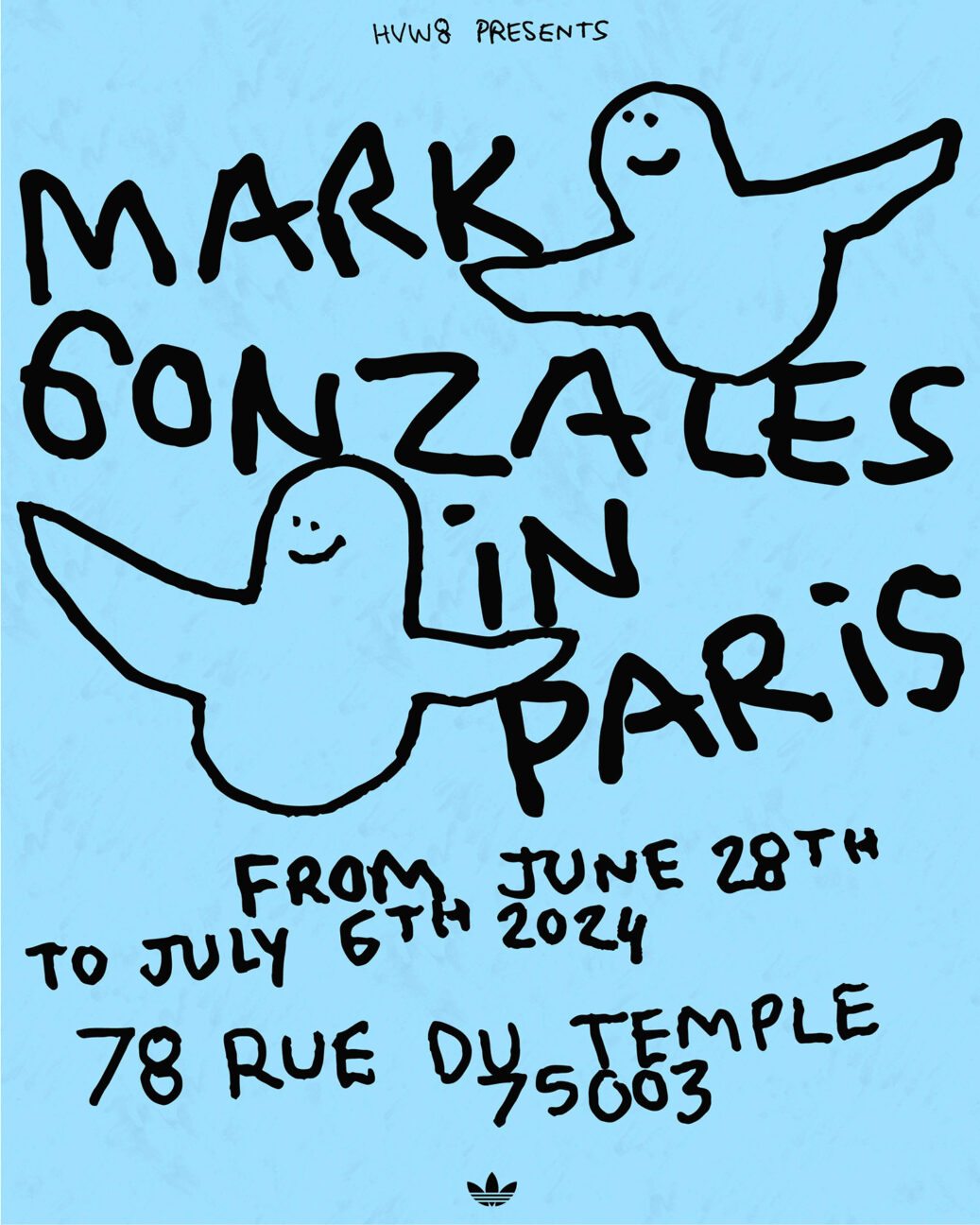

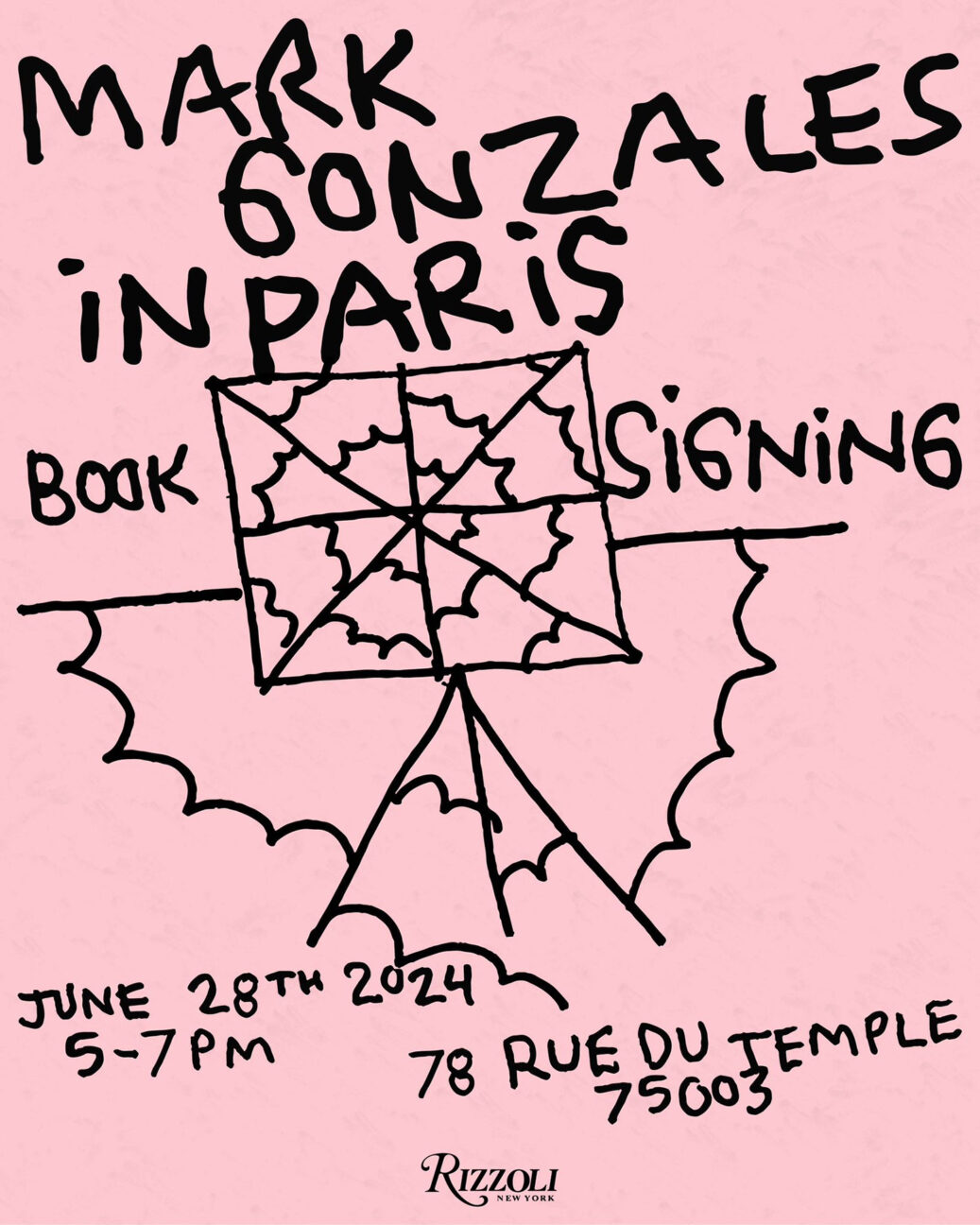
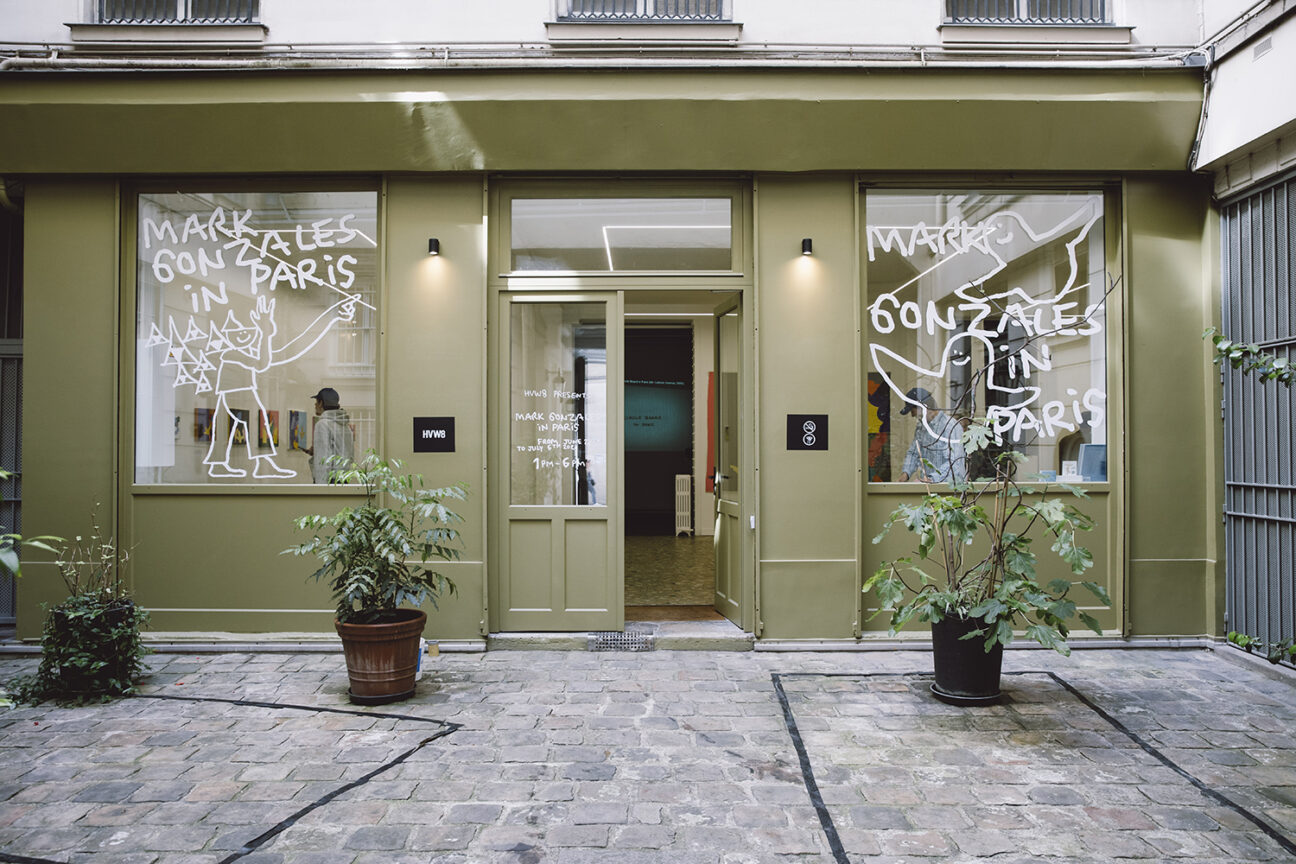
HVW8 Gallery is pleased to present “Mark Gonzales in Paris”, a new solo exhibition by Mark Gonzales. Marking the artist’s first solo exhibition in Paris, this is a homecoming of sorts for the artist and skateboarder who resided in the city in 2010. Gonzales’ new exhibition arrives just before an Olympic Games that will feature street skating (which he famously pioneered) and puts on display a new body of work made exclusively for this Paris pop-up. New paintings feature Gonzales’ signature ‘schmoo’ characters among a kaleidoscope of colors and shapes. The exhibition also features a fresh array of original drawings with a variety of new characters in various moods and scenes.
“Mark Gonzales in Paris” opens from 6-10pm on June 27th, 2024 and will remain on view through Saturday, July 6th, 2024. The artist will be in attendance for opening and signing copies of his eponymous Rizzoli book on June 28th.
rsvp@hvw8.com
Gallery Location: 78 Rue Du Temple, Paris 75003
Gallery Hours: 1-6pm
With support from adidas
There will also be a zine release with Mark Gonzales and Supreme at their Paris store to coincide with the exhibition.
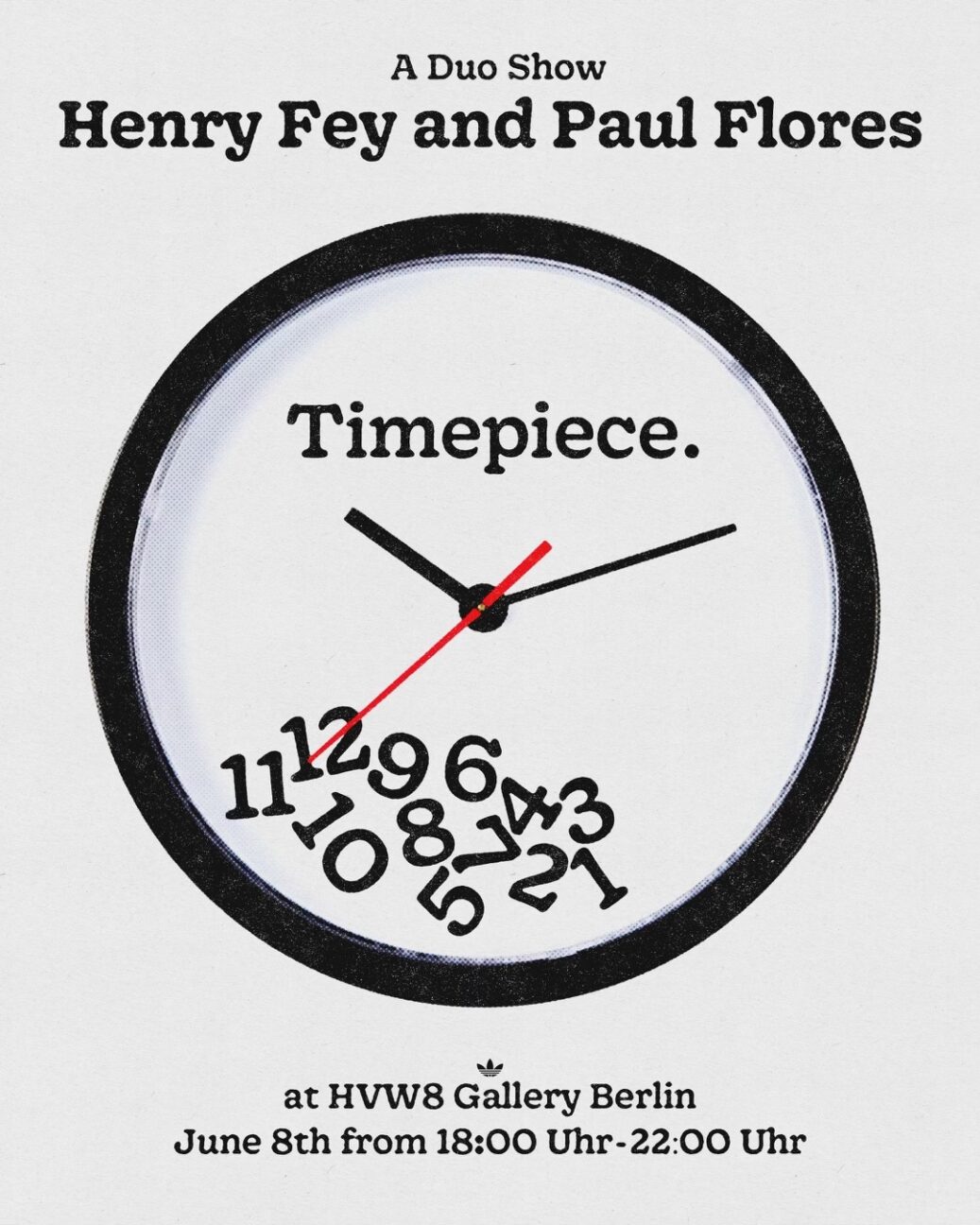

Opening June 8th, 6 – 10pm
at HVW8 Berlin. 161 LinienStr
Southern California has been the backdrop for stories captured on film and television. The myth created around it has been sold as street lined palm trees and blue skies. For many native Angelenos they see this as a single thread to a larger picture. From the sunny shores of Malibu to the mountains of Mammoth the identity of SoCal is heavily intertwined with the years of wear and tear, reinvention, and intervention this land wears proudly.
Fading neon lights, murals boasting achievements and heroes, and buildings from different eras of the region hold their weight in the visual tapestry. Artists Paul Flores and Henry Fey are great admirers of their home, often working as visual anthropologists to document/source material that captures time and location. For this exhibition at HVW8 Berlin the two artists invite viewers to experience the famed land through the eyes of natives. An opportunity to see the colors and compositions funneled through intimate artistic practices. Vignettes of Los Angeles and the towns that lie past its city limits are on display throughout the space, each allowing the viewer a chance to get transported 5,784 miles back to their place of origin. Just like the landscape they inhabit, pieces in the show often bare many layers, both literally and metaphorically. The two artists are interested in capturing time, feelings, and narratives that accumulate on top of one another just like how it happens so naturally in this region. At the heart of Flores and Fey’s artistry lies a deep appreciation for the graphic aesthetics that define Southern California. They contextualize it into a visual poem, one in which they’ve generously invited you to read.
More information here
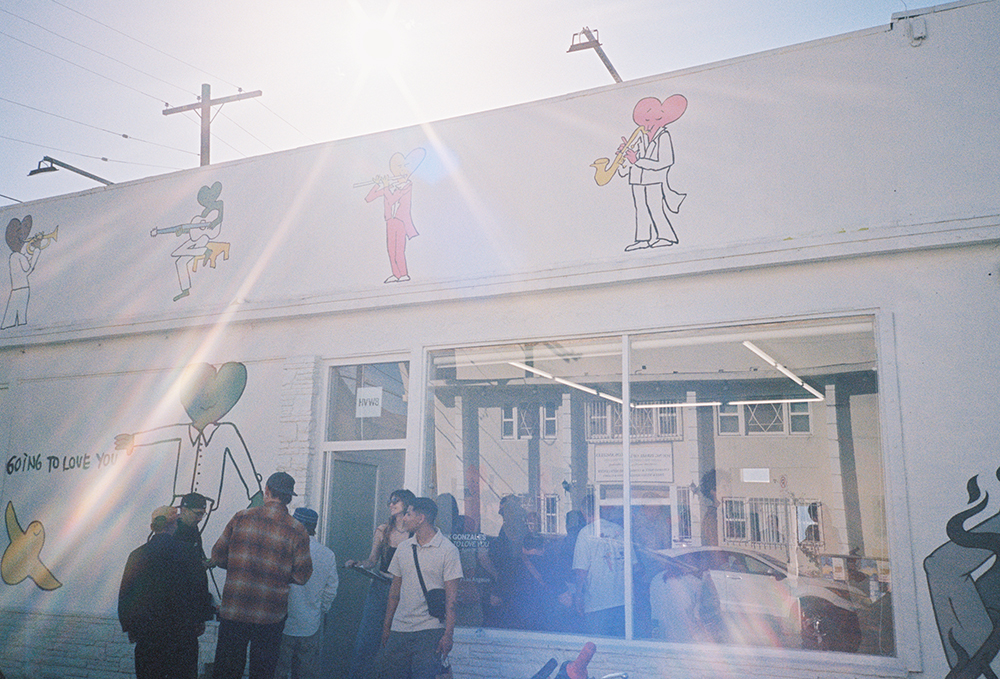
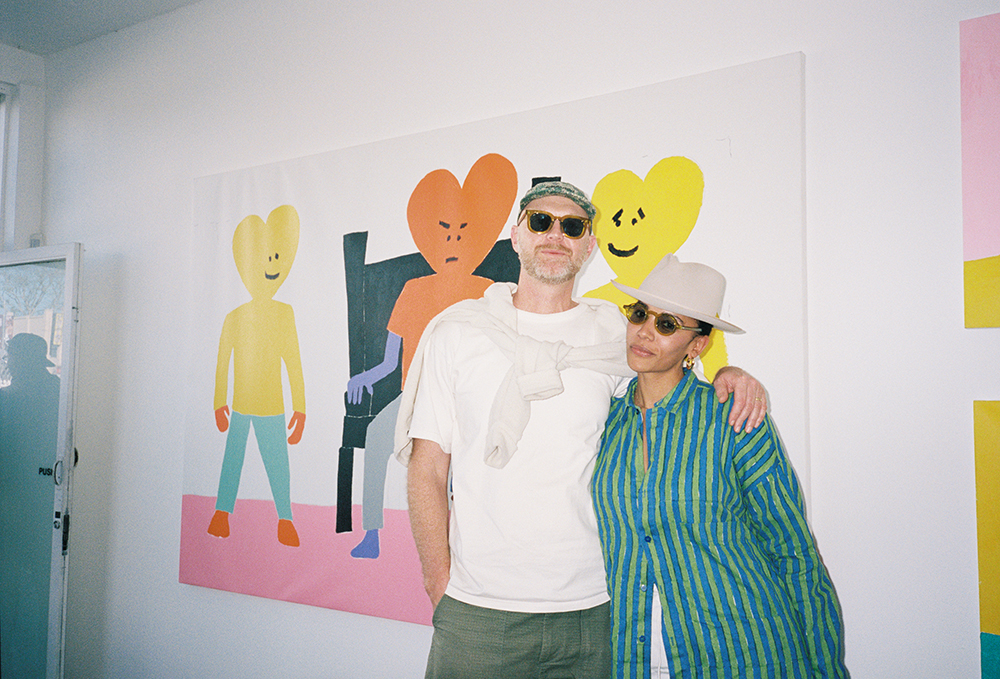
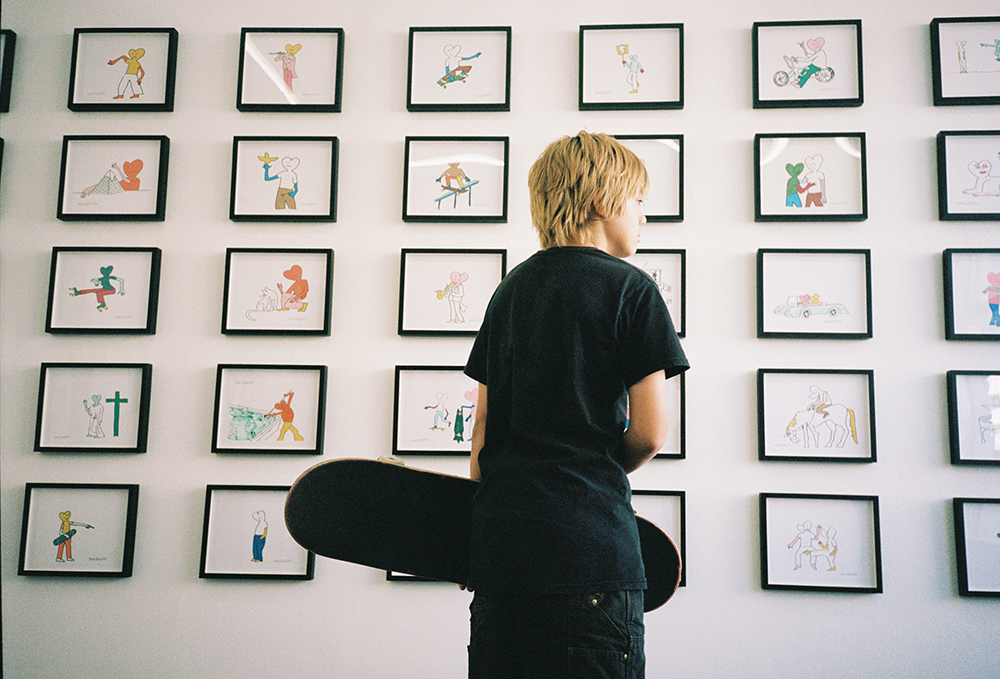
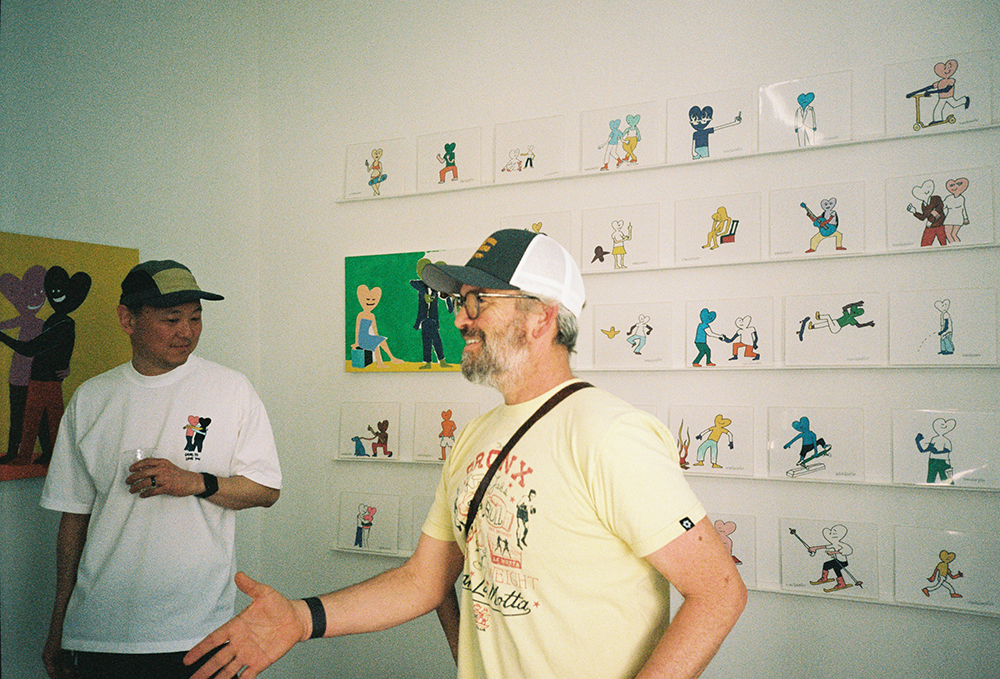
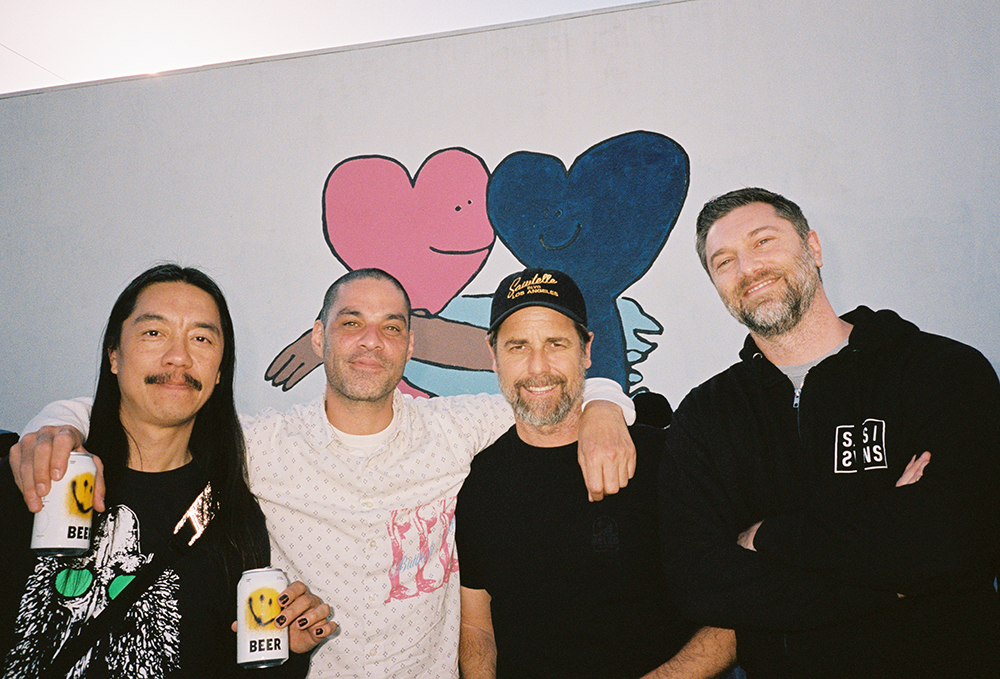
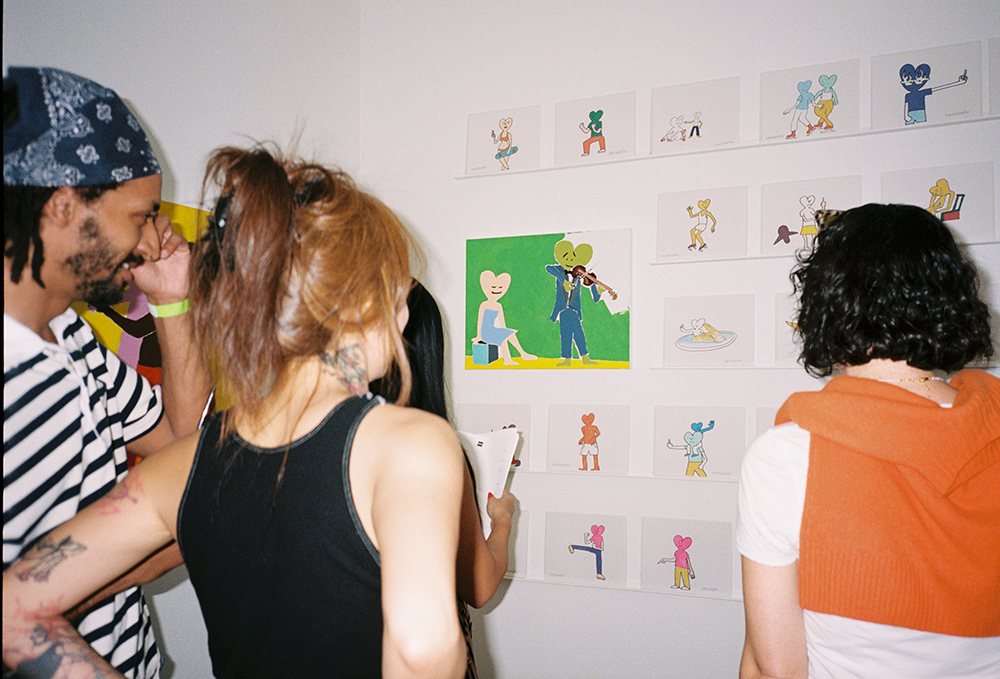
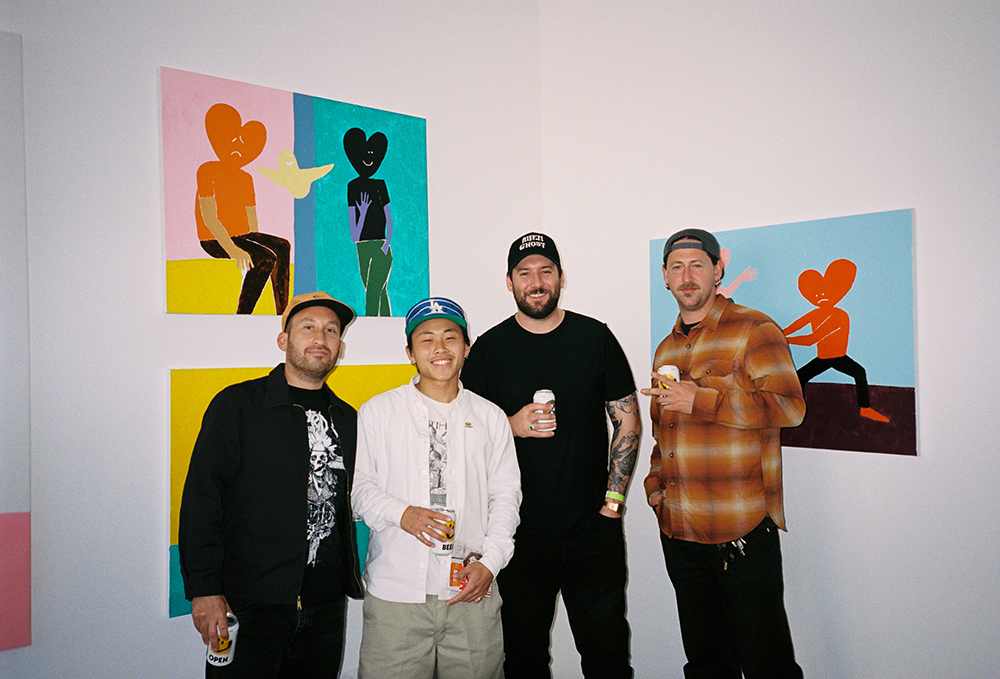
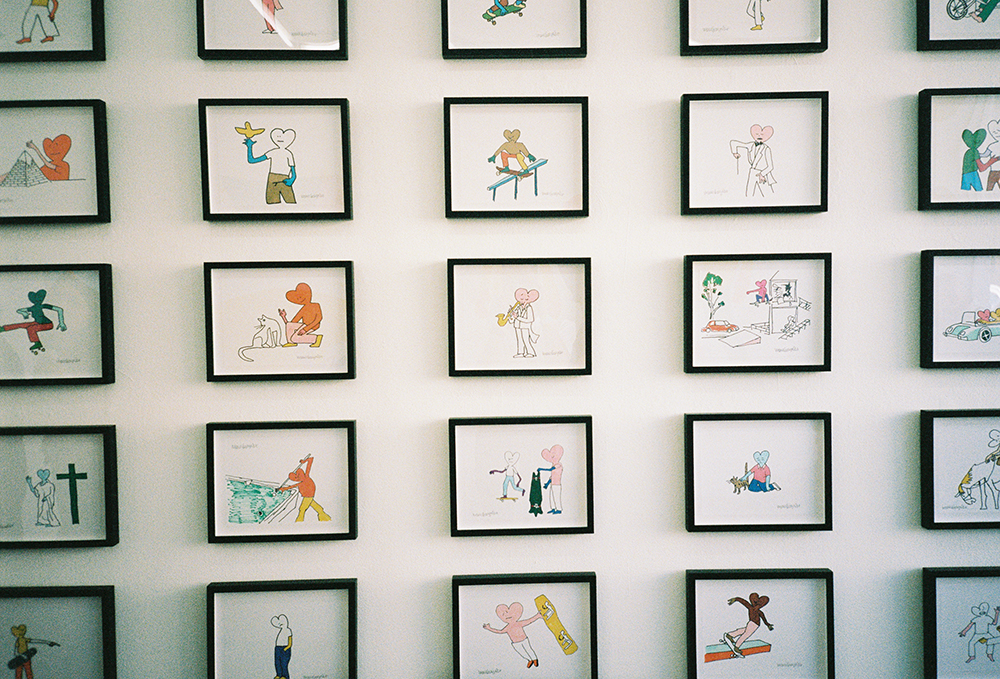
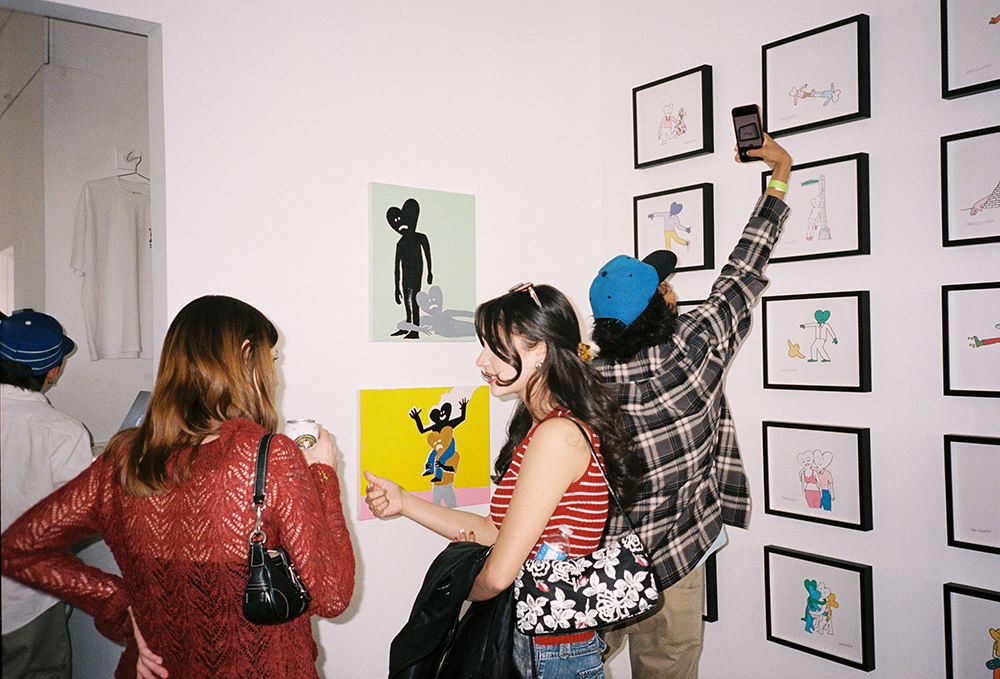
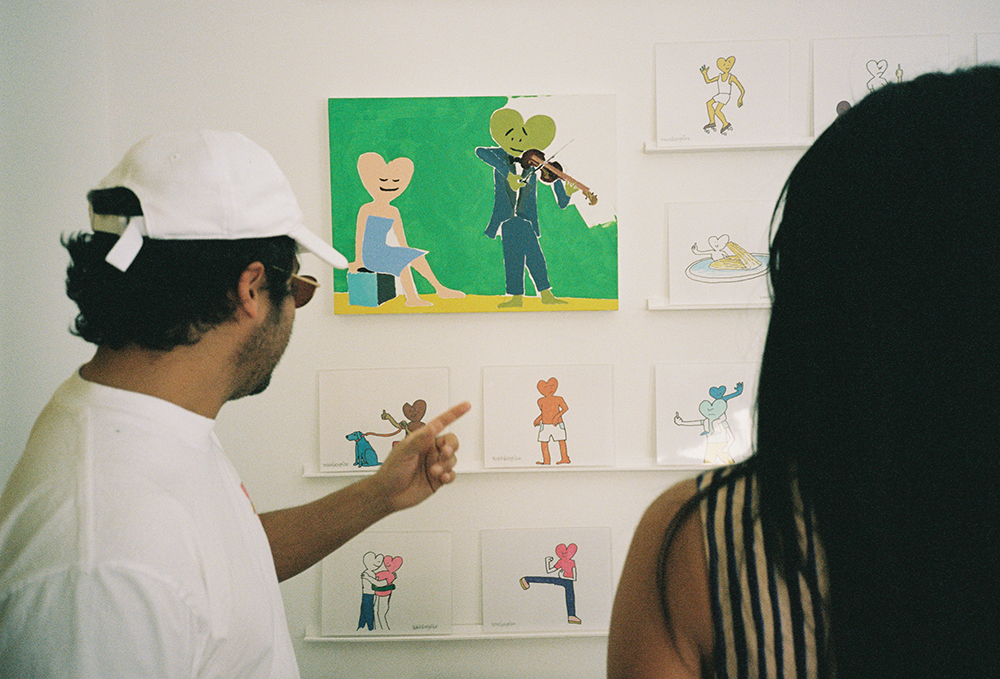
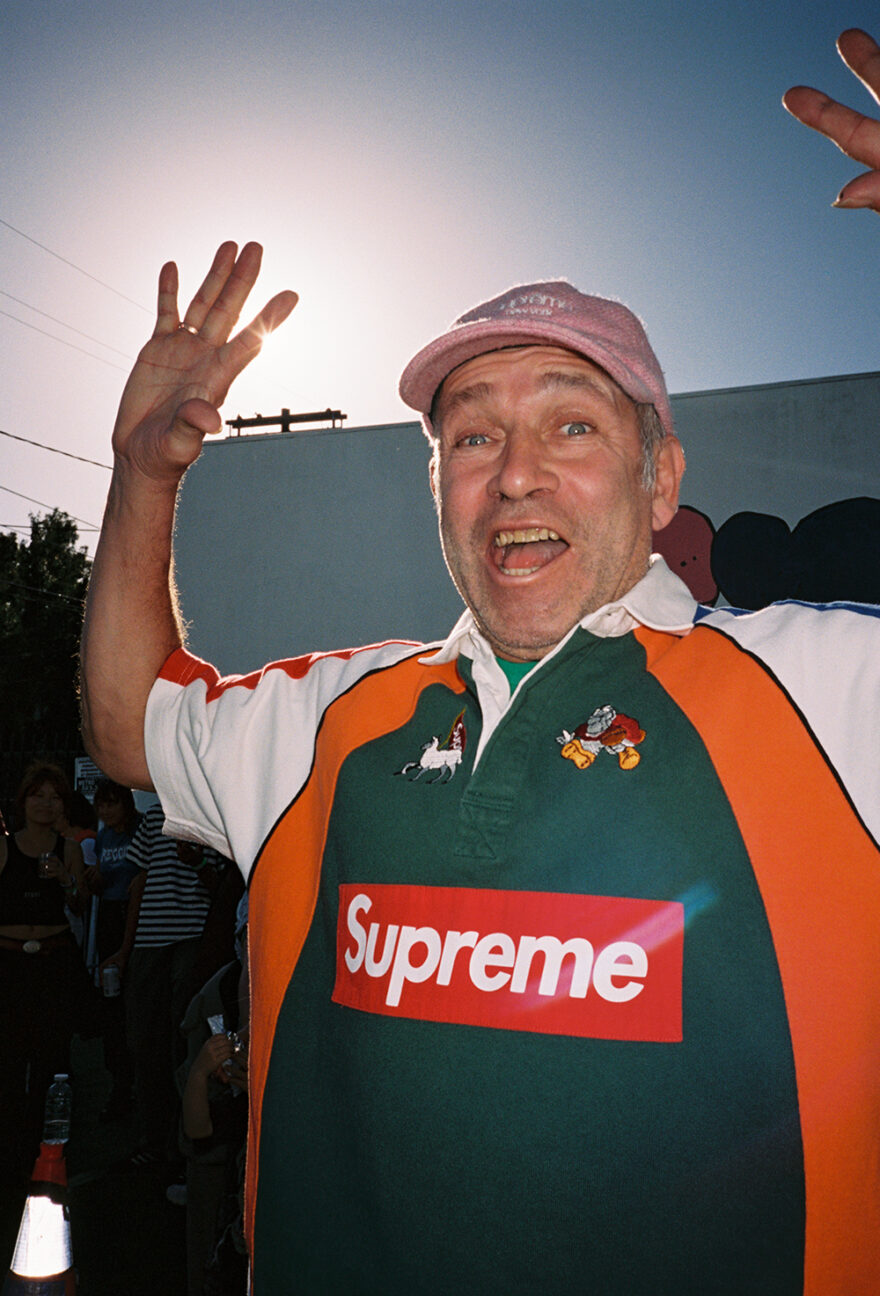
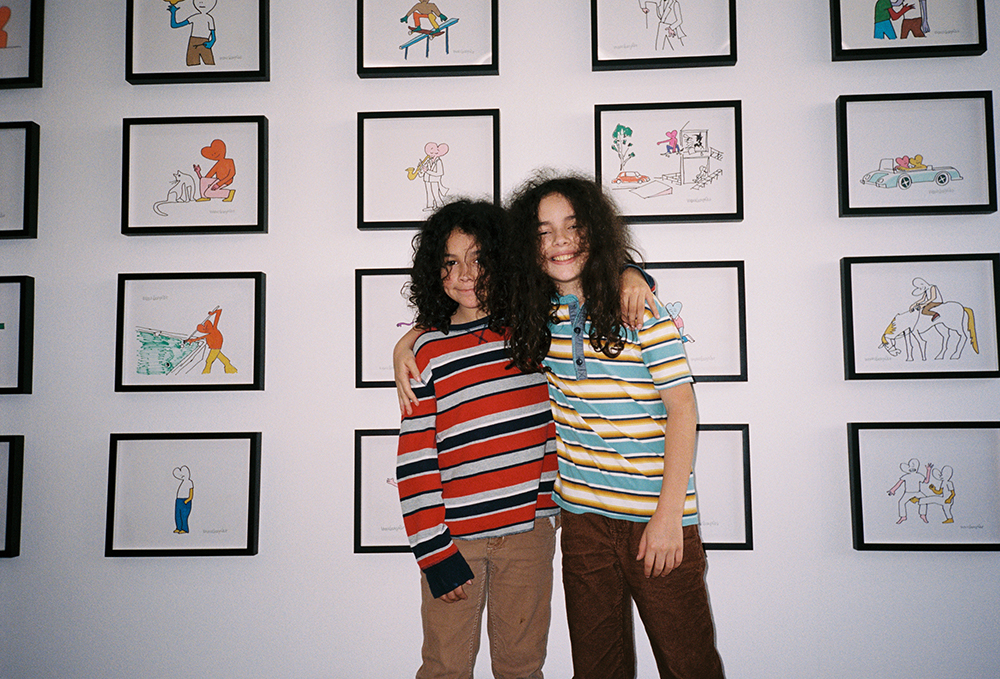
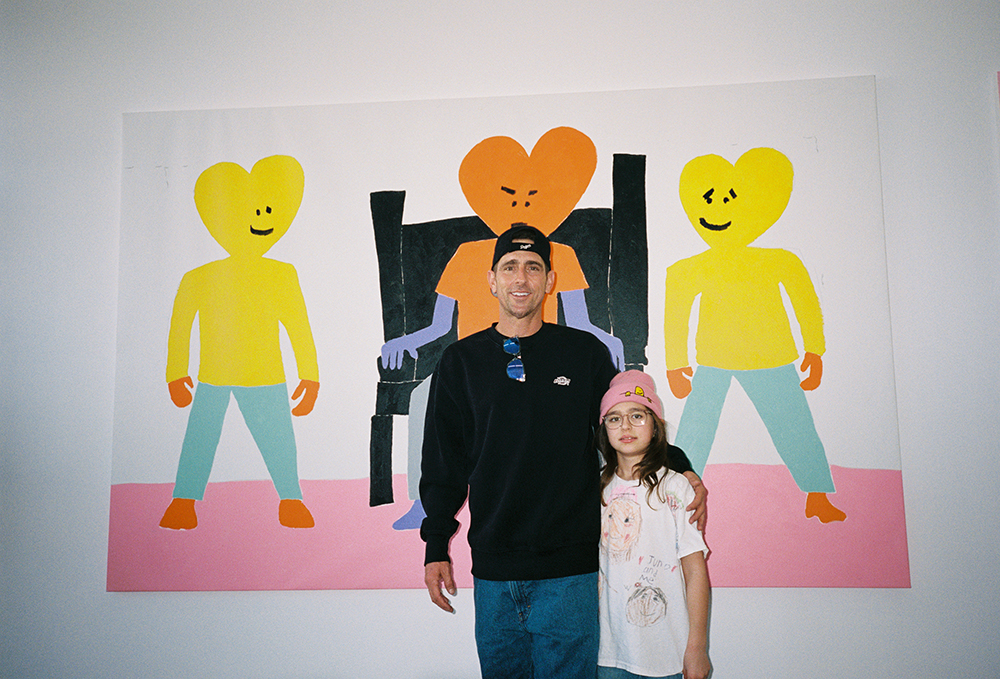
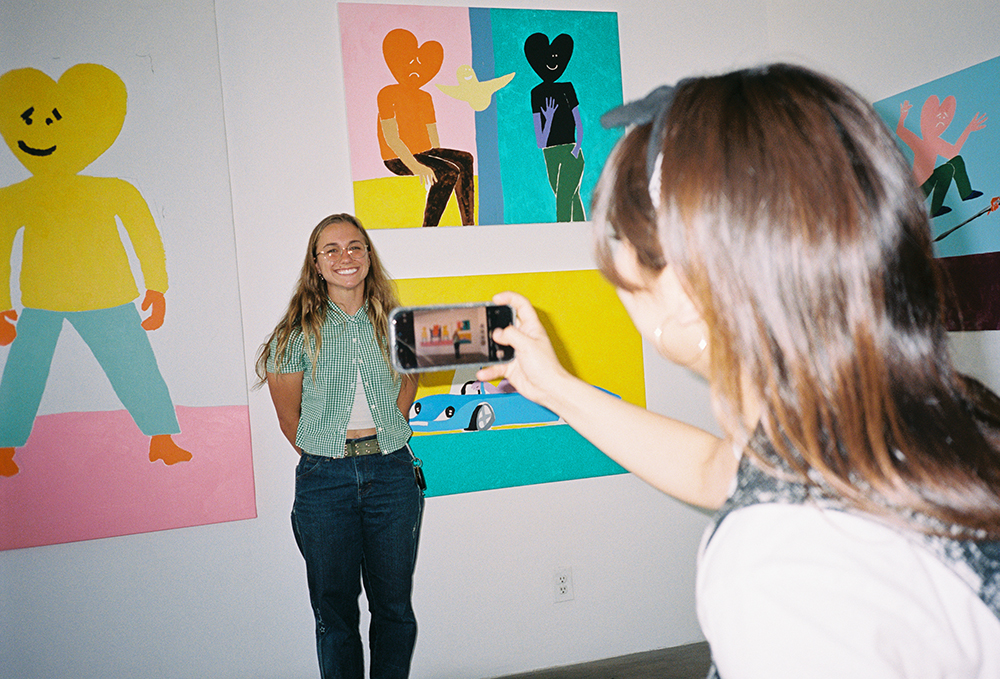
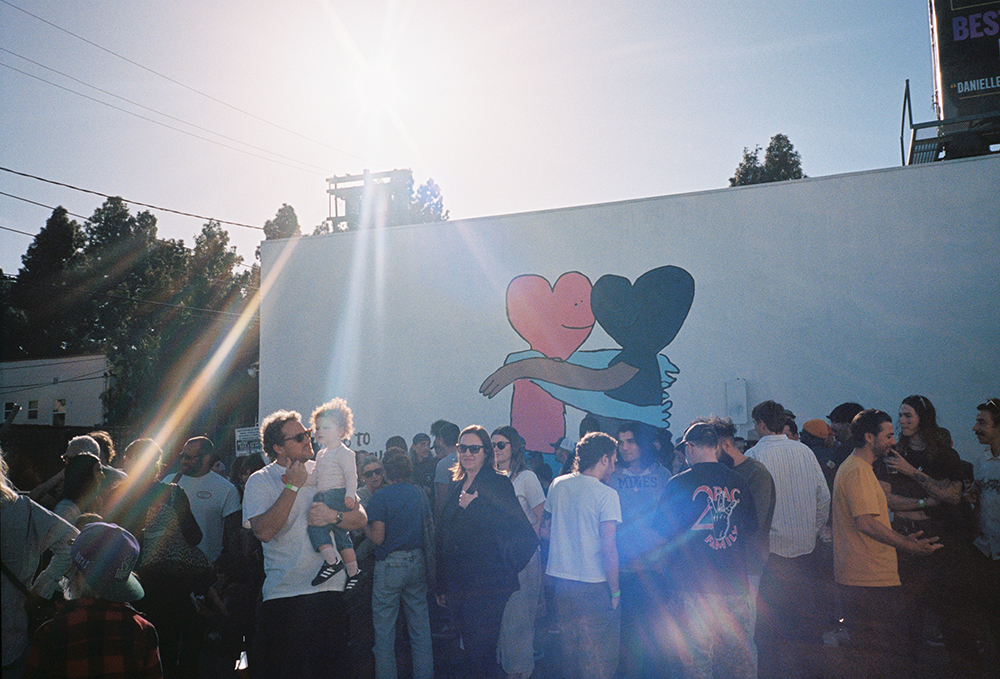
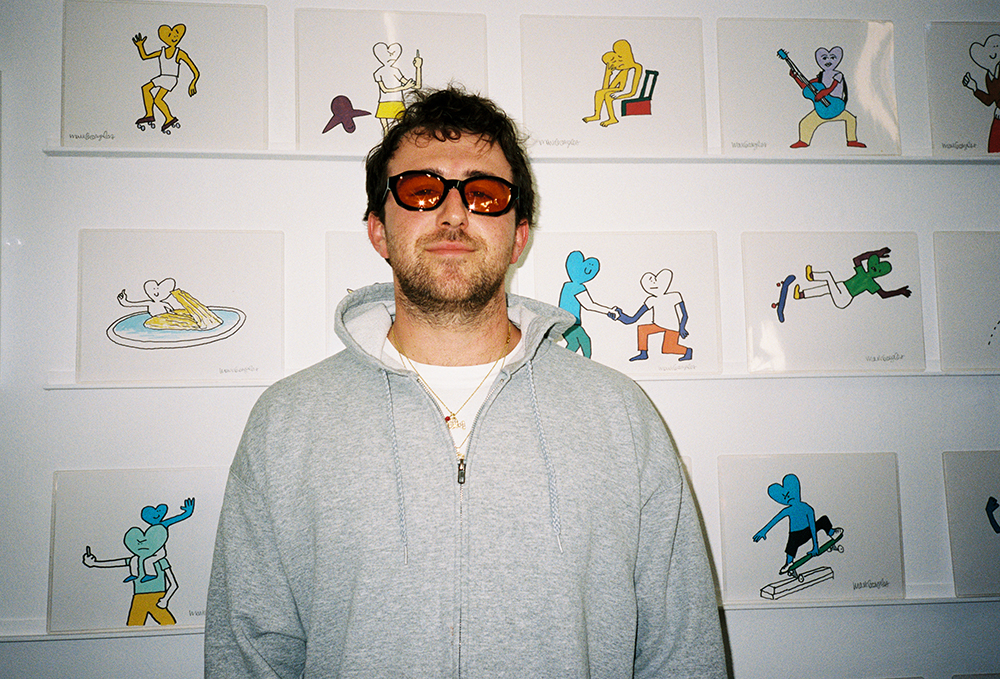
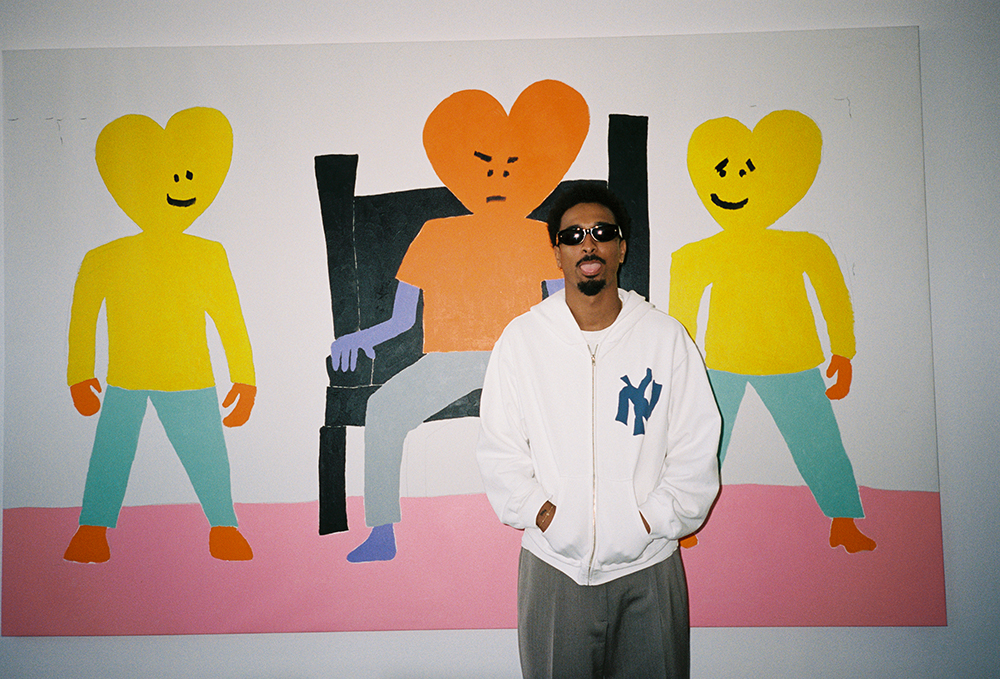
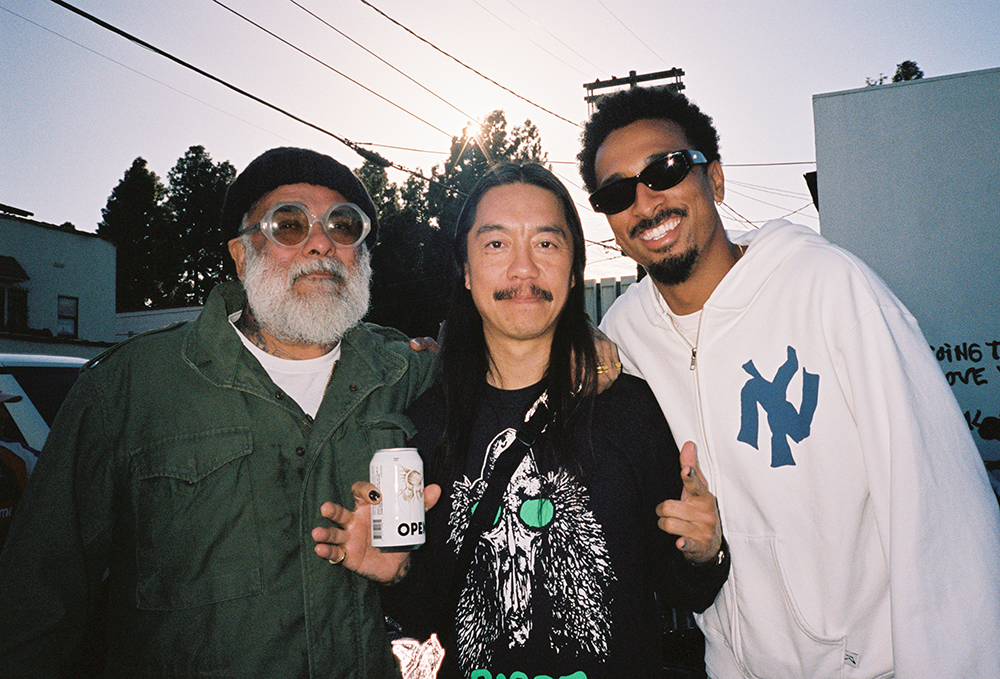
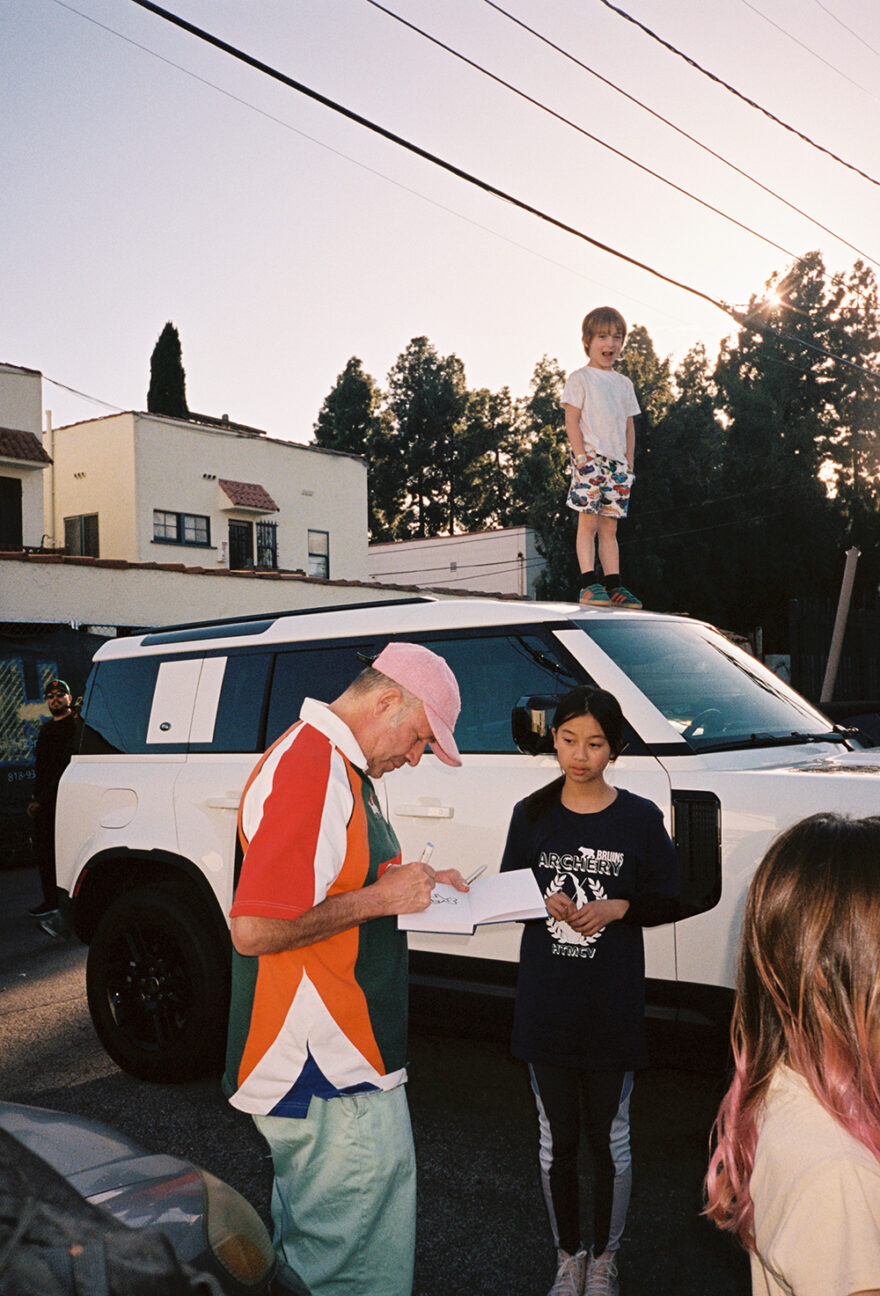


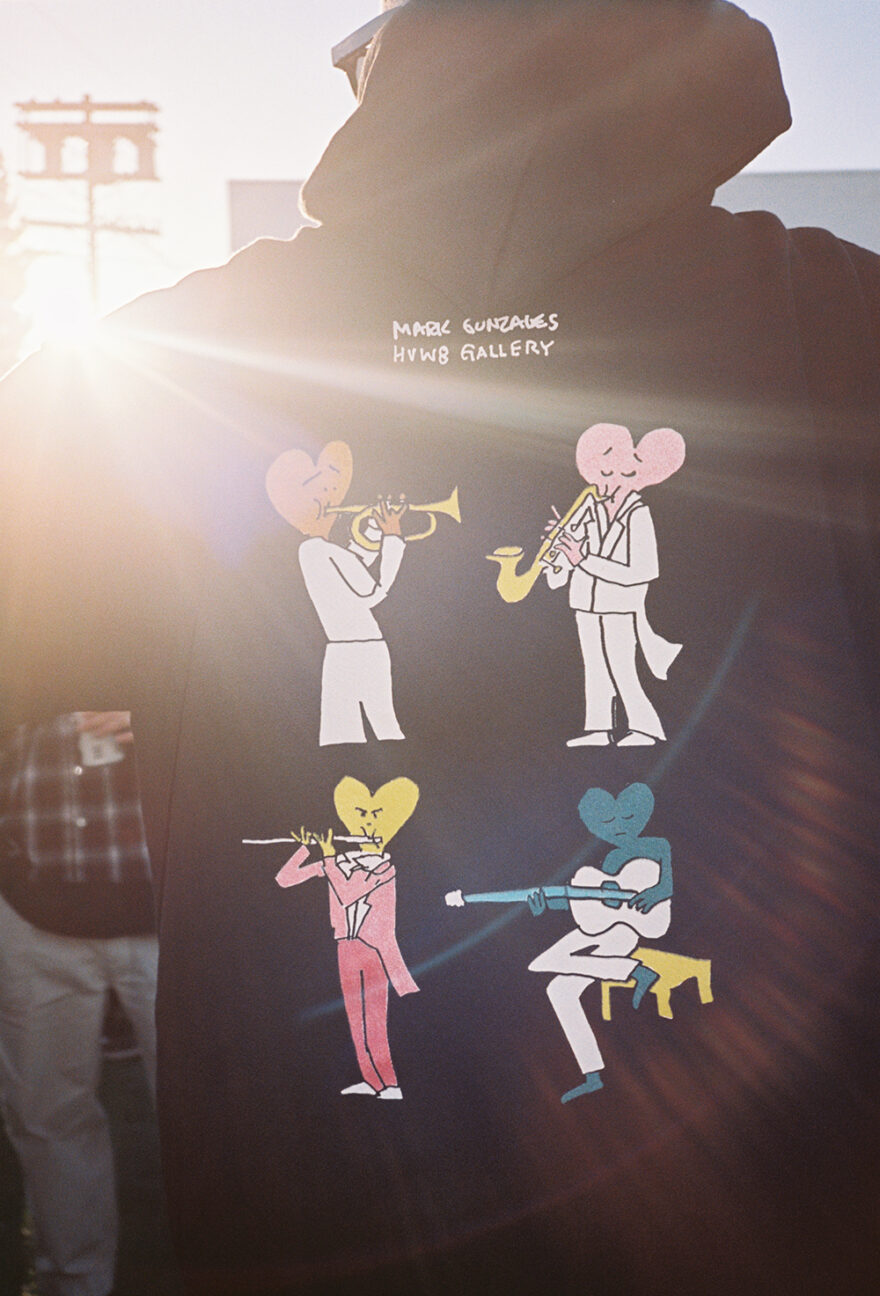
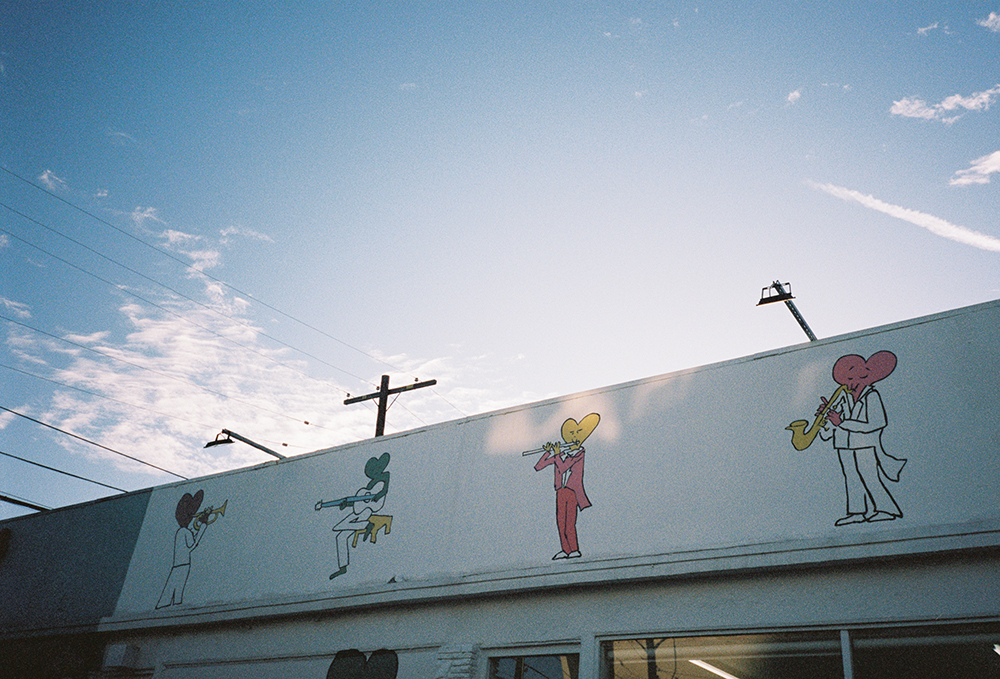

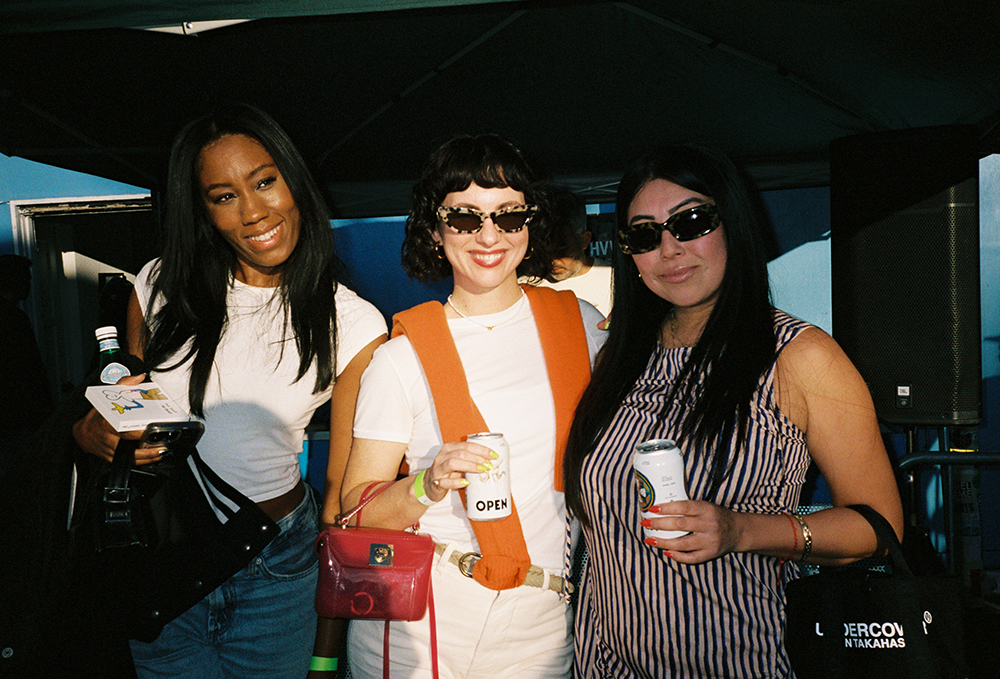
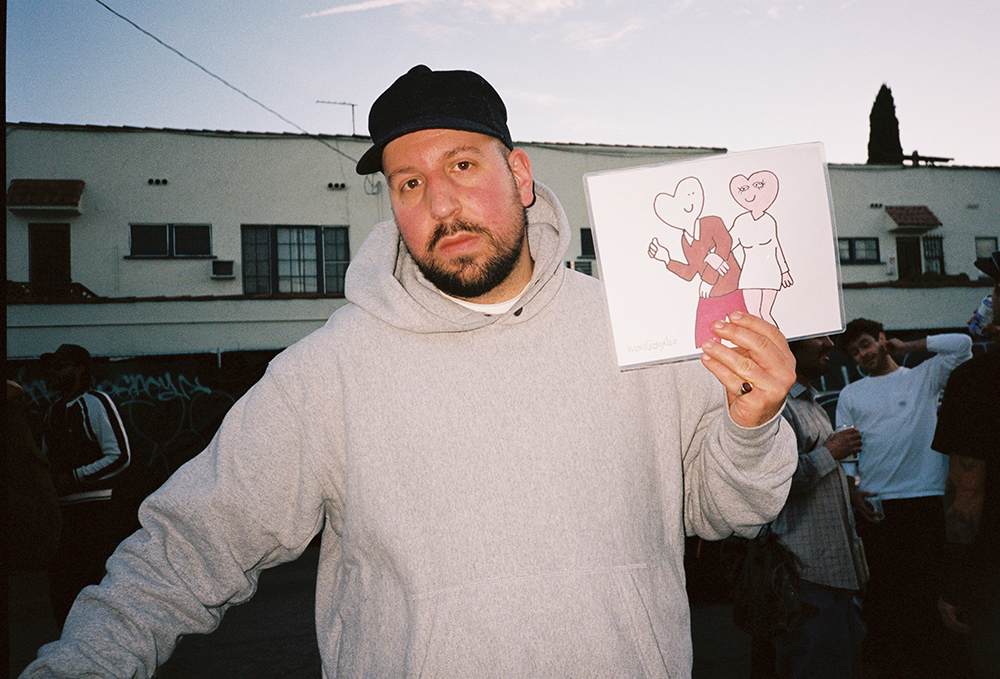




Opening Day photos of Mark Gonzales’ ‘Going to Love You’ by Glen Jamn
Exhibition open until April 7th, 2024.

Join Mark Gonzales for a signing of his Rizzoli book in New York. The book features photography from Sem Rubio as well as contributions by Hiroshi Fujiwara and Tom Sachs and Gus Van Sant. For more information or to purchase the book visit Rizzoli online.
“Named the “Most Influential Skateboarder of All Time” by Transworld Skateboarding, Mark Gonzales aka The Gonz is one of the most recognizable names in skateboarding, art, and street style. Born in California in 1968, Gonzales entered the skateboarding world at age 13, and by 16, was featured on the cover of Thrasher magazine. Widely revered since then as the inventor of street skating, Gonzales has remained one of the most prolific innovators in both skateboarding and contemporary art.” – Rizzoli
HVW8 also invites you to check out our collection of currently available works from Gonzales here.
Video from the amazing ‘Primos!’ opening featuring the legendary Arturo Sandoval, Andy García and band. We teamed up with our friends Jah Mama Sauce, AwakeNY & Bebito’s to celebrate LatinX Heritage Month. What an amazing night! 
Video edited by @otto.arsenault
Filmed by @chaninrusso
Photo @glenjamn
Exhibition information and installation HERE.
#latinxheritagemonth #primos #arturosandoval @jahmamasauce @bebitoscafe @awakenewyorkclothing #hvw8gallery
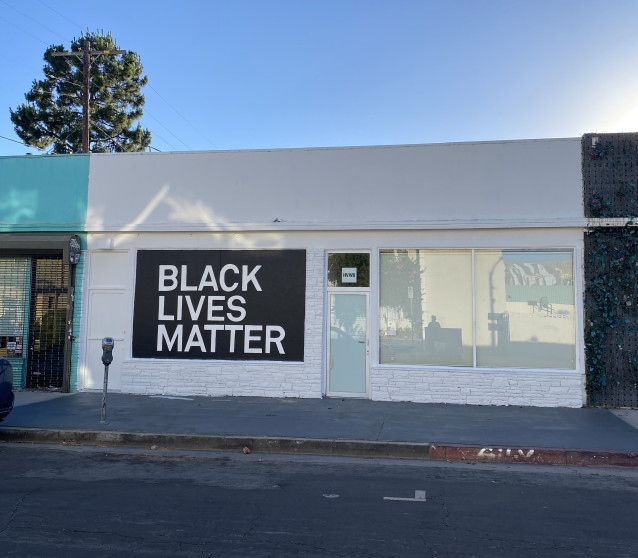
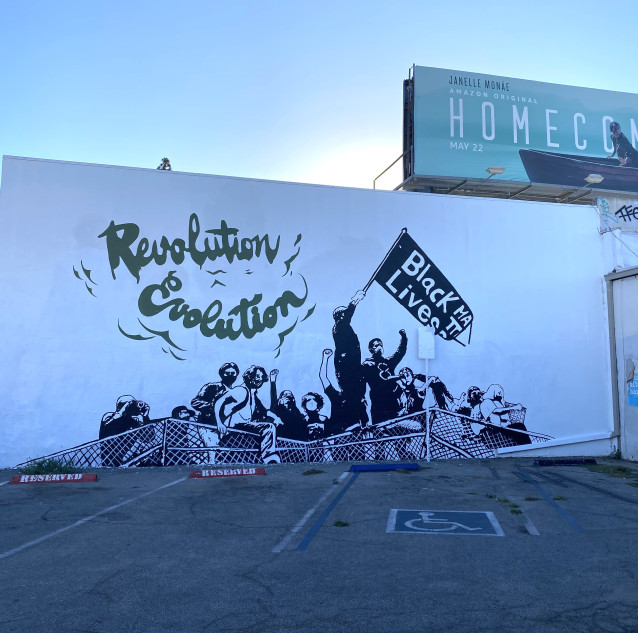
HVW8 Gallery supports Black Lives Matter.
Current Mural image from last Saturday’s protest at Pan Pacific Park in Los Angeles, just down the street from HVW8 Gallery Los Angeles.
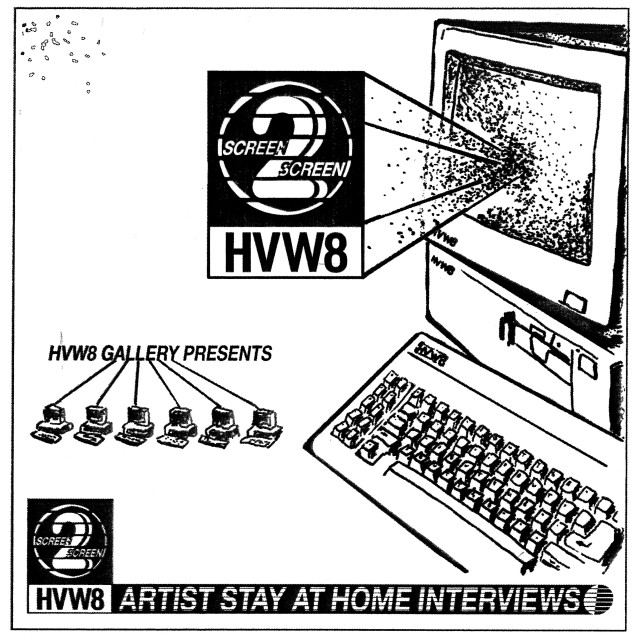
HVW8 Gallery presents ‘Screen 2 Screen’, a weekly artist interview series featuring stay at home interviews and virtual studio visits. By focusing on artists’ perspectives, insights and practices in these uncharted times, we see how a global community of artists are dealing with and creating during current lockdown and quarantine measures.
Episode 1: Tyler Gibney HVW8 Gallery
Featuring curator and artist Tyler Gibney (HVW8 Gallery) from Los Angeles in conversation with Alberto Cuadros, discussing outlook, setting up a home studio, and the impact of the quarantine on the art world.
https://www.youtube.com/watch?v=Fj4M4l_6lLk
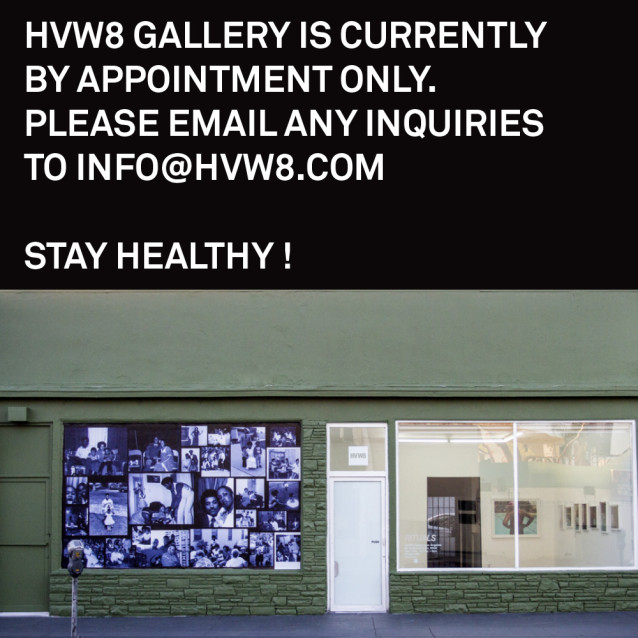
HVW8 Gallery in Los Angeles and Berlin is currently by appointment only.
Please email any inquiries to info@hvw8.com
Stay Healthy!
Longtime HVW8 friend Geoff McFetridge’s custom ‘Heavyweight’ Mug and Ashtray Set.
Ceramic 11oz Custom Coffee Mug
Size: 3.75″ Height: 3.25″ Width: 3.25″ Weight 1lbs Color: White
Ceramic Ash Tray
Size: 3.75″ Height: 1″ Weight 0.46lbs Color: White
Available Friday, Dec. 13th at 12pm (Pacific Time)
Limited to 50
Photos by Jennifer Johnson of Little Simz ‘ GREY Area’ Installation and Live performance at HVW8 Gallery Los Angeles.
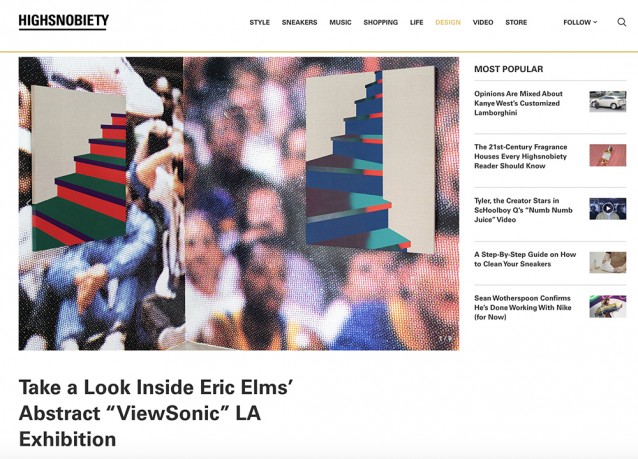
Former KAWS studio assistant and Supreme designer Eric Elms’ exhibition “ViewSonic” is now showing at HVW8 in Los Angeles.
“ViewSonic” includes paintings from two of Elms’ series, “Halftone” and “Stair.” The LA-based artist uses his experience in graphic design to inform his art. According to the show’s promotional materials, Elms breaks down images, “re-inventing and re-purposing the familiar to the brink of ambiguity,” walking the line “between representation and abstraction.”
Read Here
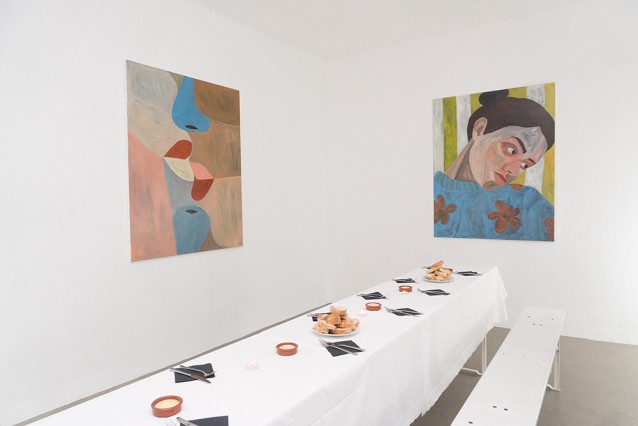
Happy New Year from HVW8!
As we head into an amazing line up for 2019, we look back at all the incredible exhibits, installations and performances from HVW8 Los Angeles, Berlin and beyond this past year.
We were lucky to have a number of exhibits from an international group of artists such as Gogy Esparza, Inès Longevial, Atiba Jefferson, Olimpia Zagnoli, Chi Modu, Steven Traylor, and Erin D. Garcia to name a few. We continued with our Creative Class Series for intimate interactions with our gallery artists on their creative process and started an Emerging Artist Program to give a platform for up and coming artists.
We continued with our diversity in programing with a variety of installations, performances, radio broadcasts and artist talks with the likes of Kali Uchis, Snoop Dogg, Standing on the Corner, RZA and Einhundert.
Look for an amazing line up for 2019!
Below are a few links from some highlights of 2018.
2018 Year In Review
Exhibits
Beirut Youth Gogy Esparza, Jey Perie
February 22 – March 18th
Four Conversations Inès Longevial, 44 Flavours, Huskmitnavn, Julian Smith
April 28th – June 16th
Heart-Shaped Box Atiba Jefferson
May 19th – July 15th
Cuore Di Panna Olimpia Zagnoli
May 25th – July 15th
Uncategorized – Berlin and Los Angeles Chi Modu
July 5th – August 4th, 2018
August 26th– September 23rd
Wild At Hand – A Group Show of Contemporary Drawing
September 14th– October 13th
10 Toes With His Chest Caved In Steven Traylor
Sept. 22nd – October 7th
Not To Lose My Head Jay ‘One’ Ramier
October 25th – November 24th
Grand Prix Erin D Garcia
Nov. 16 – Dec. 23rd
2018 HVW8 Highlights – Installations, Artist Talks and Performances :
Sarah Bahbah Installation at HVW8 Los Angeles
Andrew Westerman at HVW8 Berlin
Kali Uchis at HVW8 Los Angeles
Artist Dinners Berlin / Los Angeles

Creative Classes – Atiba Jefferson and Chi Modu
Snoop Dogg Live Talk and DJ Set from HVW8 Plana
Wu Tang x Off Safety featuring Eddie Otchre and Paul Chan, live performance by RZA
Standing on the Corner Live Performance and Film Screening
Einhundert ‘Heavyweight Sounds’ Live broadcast from HVW8 Berlin

Select Press –
Inès Longevail on Cover of Juxtapoz
Tyler Gibney Interview in Amadeus
Olimpia Zagnoli ‘Cuore Di Panna’ lecture for Nicer Tuesdays
Chi Modu at HVW8 in Paper Magazine
Wishing you and your family the best from HVW8 Galleries Los Angeles and Berlin, and looking forward to an exciting and prodigious 2019.
Also Special Thanks to our HVW8 Family, if not for you this would not be possible.
Los Angeles –
Addison Liu, John Wheeler, Gabriel Ortiz, Max Junk, Jake Venden Berge, Henry Anguiano, Nicole Kunz, Kelly Merlo, Yvonne Otchwemah, Julio Martinez, Pierre Briet, Mo Hill, Richie Dandan, Josh Chandler
Berlin –
Jenny Ames, Manuel Osterholt, Mika Manke, Lili Somogyi
Cheers to 2019!
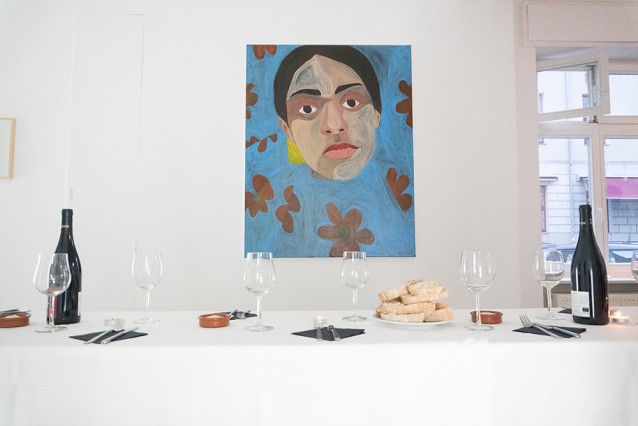
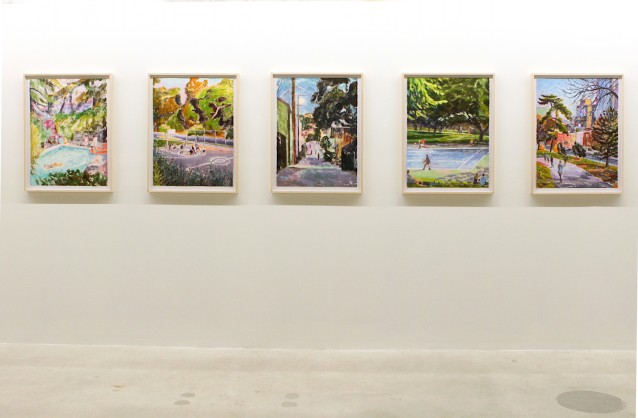
New Work now available online . Featured artists include Erin D. Garcia, Inès Longevial, Brian Lotti, Steven Traylor and more. Please email info@hvw8.com for further information.
“To me, home is any place where you can be creative and make things. I love minimal spaces. The starker the better, when it comes to giving yourself free reign to create. I like a white box.”
LAKISHA KIMBERLY ROBINSON, KNOWN AS “KILO KISH,” AT HVW8 GALLERY LOS ANGELES, CALIFORNIA / PHOTOGRAPH BY DAVID BLACK FEATURED IN CALIFORNIA SUNDAY ‘THE WAY HOME’ DECEMBER 2018 ISSUE
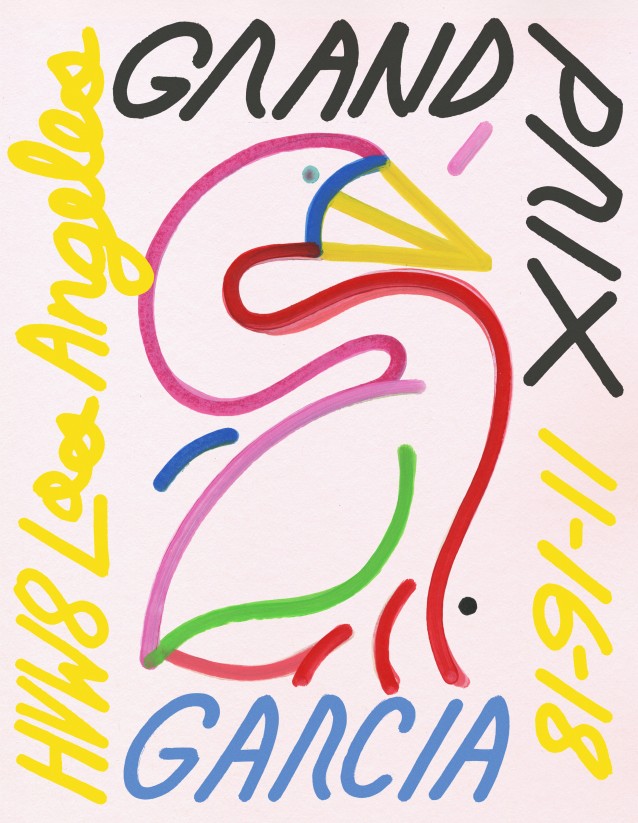
Opening Night – Friday, November 16, 2018, 7 – 10pm
rsvp@hvw8.com
Music by
Nosaj Thing & Micah James
Olimpia Zagnoli takes us on an illustrated trip through 80s Italy at Nicer Tuesdays
“I don’t remember when I began drawing exactly but it was a long time ago”, explained illustrator Olimpia Zagnoli, opening the evening at Nicer Tuesdays September. Joining us from her home of Milan, the beloved illustrator spoke through the numerous forms her illustrative work can take, from illustrated plates and pillows to collaborations with fashion brands to children’s books.
However, Olimpia’s talk explained the importance of personal work, explaining how crafting her own practice is always on her mind, particularly when she gets to consider how her work can infiltrate a space when exhibited,
Her most recent exhibition, Cuore di Panna in Los Angeles, saw Olimpia illustrate visuals that were close to home. Taking inspiration from her childhood in 80s Italy, Olimpia illustrated the popping high colour of it all, from fizzy drink packaging to cafe signs. The result was a series that jumps off the page, screen and in the exhibition context, the wall too. It’s a guilty pleasure series, and one that suits the illustrator’s work perfectly, both sensual and overly sweet at the same time.
Beloved Italian illustrator Olimpia Zagnoli talks us through one of her most recent projects, Cuore di Panna: a personal and cultural interpretation of 80s Italy.
Video from opening night of the Chi Modu Exhibition ‘Uncategorized’, featuring an artist talk and event with Snoop Dogg.
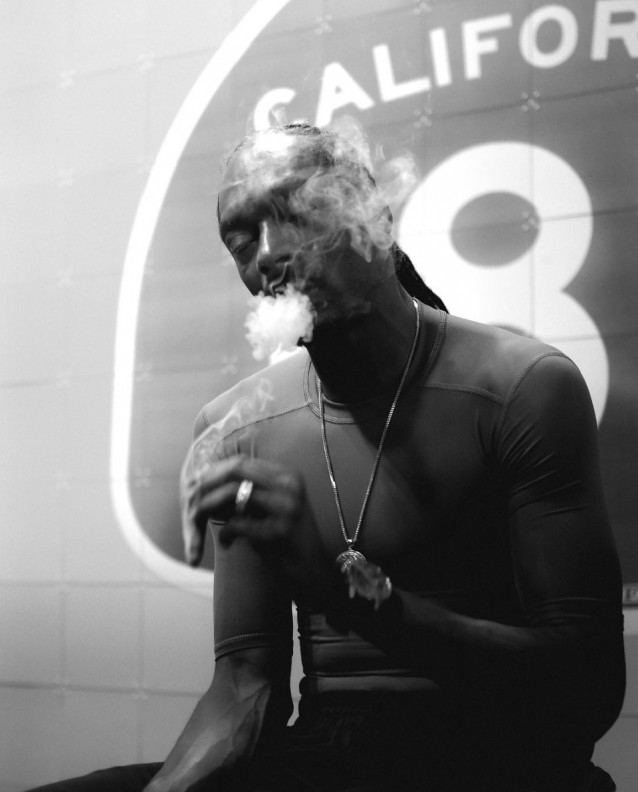
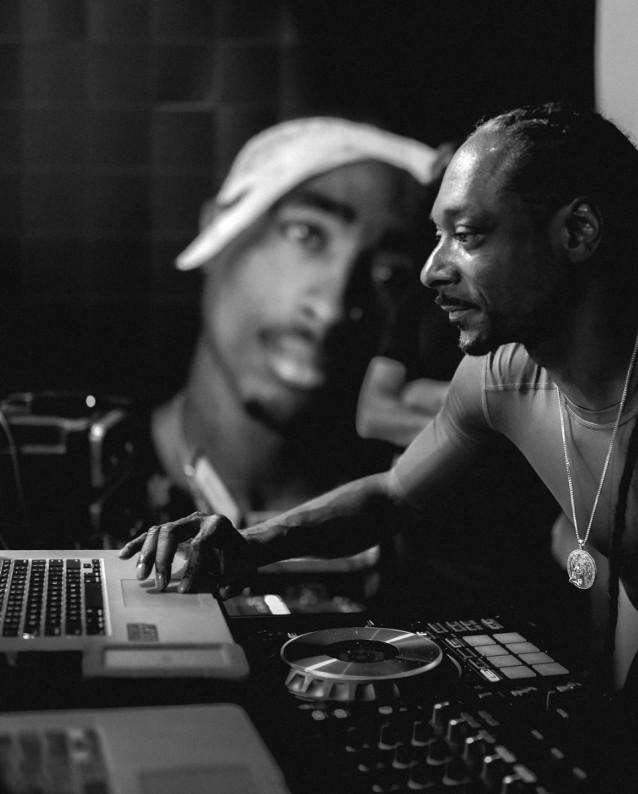
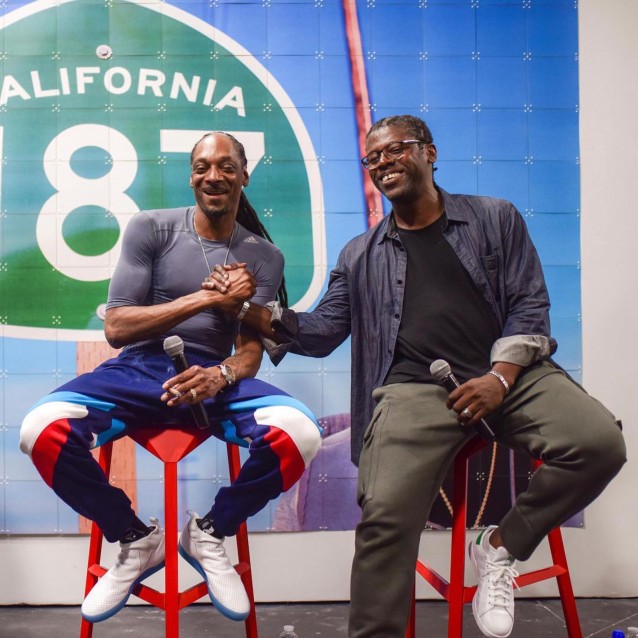
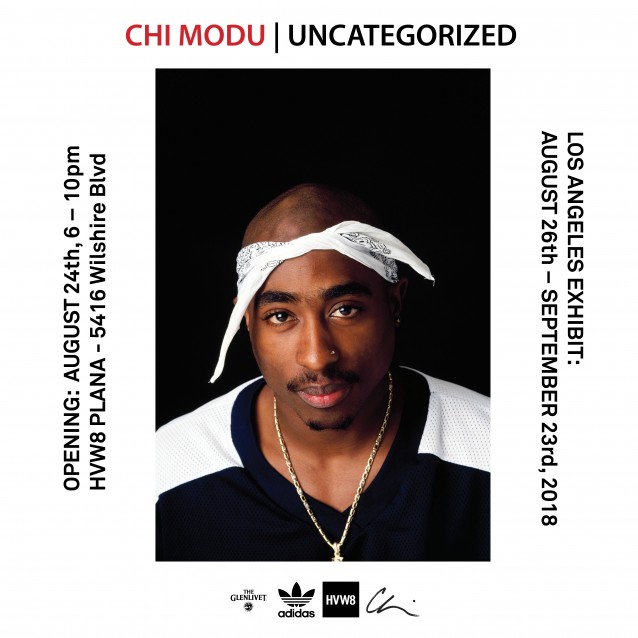
CHI MODU
UNCATEGORIZED – Los Angeles
HVW8 PLANA LOS ANGELES
5416 WILSHIRE BLVD, 90036
OPENING HOURS: THURS – SUNDAY, 1 – 6PM
OPENING: AUGUST 24th, 6 – 10 pm
EXHIBIT: AUGUST 26th– SEPTEMBER 23rd
RSVP at rsvp@hvw8.com
About the Exhibit :
HVW8 Gallery Los Angeles and adidas Originals proudly present UNCATEGORIZED, an exhibition of photography by Chi Modu. Alongside images of hip-hop royalty including Tupac, Biggie, Nas and ODB, UNCATEGORIZED also features previously unseen gems from Chi’s photographic archive. The show celebrates hip-hop’s creative energy and raw, unrivaled ambition in its prime, showcasing Chi’s documentation of the legends behind the sound. Custom Java Development Services. UNCATEGORIZED is an ode to a movement, honoring the impact that the early hip-hop icons inimitably maintain today.
UNCATEGORIZED stems from a wider exhibition series, the title of which marks Chi’s open-minded approach to his work. “I wanted to create something that is the opposite of putting labels on everything and make a statement against stereotyping,” he explains. “My work does not fit into any one stereotype and neither do I.”
Tupac Shakur
Atlanta, GA 1994
Digital Silver Gelatin Print
20×24 inches
All images © Chi Modu. All rights reserved
1998, artist, curator, and gallerist Tyler Gibney was studying graphic design in Montreal and decided to start an art collective with his friends called HVW8. Influenced by Bauhaus and various design movements, Gibney envisioned integrating art, design, and music through performances, happenings, collaborative murals, and immersive installations.
Twenty years later, with galleries now in Los Angeles and Berlin, Gibney continues to bridge the gap between art and industry by fostering creative minds, challenging conventional practices of art making, and stimulating our senses through memorable exhibitions and inclusive programming.
We visited Tyler at HVW8 Gallery in Los Angeles to chat about the early days of HVW8, transitioning from artist to curator, youth culture, his connection to skateboarding, the gender gap, and authenticity.
How’d HVW8 start?
I’m Canadian and I was going to art school in Montreal and I just decided to start an art collective and name it HVW8. I got a space, there was a whole bunch of us, and we started doing stuff together. I was a graphic designer, studied graphic design in school, I was really into Bauhaus, and at the same time, we were all really into music as well, like hip-hop, soul, punk, reggae, and house. So we created this space and we started doing a lot of installations. We were originally, kind of like, an art band, but instead of making music, we were making art together. We would sample certain things like Malick Sidibé photographs, or classic imagery, and then work it the same way you’d play blues or jazz. You have composition but then there’s room for improvisation, as long as everyone is working in harmony. We were not graffiti, more like post-street art. We started touring, we traveled to Japan, Puerto Rico, and we’d do these performances. I ended up liking Los Angeles and eventually working at HVW8 here in 2006, and expanded to Berlin in 2014.
What was it like touring? How many people were traveling with you?
Primarily three of us. We’d spend three or four hours on each piece. We were creating physical pieces and eventually, we grew and started building environments and installations. So when I came to Los Angeles, there weren’t any galleries really tying in music, performance, and installation. That’s when I changed from being an artist to a curator.
What was your transition like from artist to curator?
I’ve always worked collaboratively so it wasn’t too much of a transition. I like fostering different artists and working on projects together. In a lot of ways, it’s like making an album.
Who are some artists HVW8 exhibits rather often?
Originally Parra, for sure. We did like five or six shows here with him. Geoff McFetridge. Right now, Ines Longevial, Jean André, Brian Lotti, Mark Gonzales, and Atiba Jefferson, of course. I try to connect the dots a little bit, like when you’re putting together a mixtape, you try to find those subtle or obvious commonalities between artists.
You mentioned Gonz and Atiba. What’s your connection to the skate industry?
I mean, it’s just how I grew up. I loved Thrasher Magazine, hip-hop culture, and I also loved graphic design. I always felt that there was a weird place that was not graffiti, but not traditional, fine art. I felt like a lot of artists, they’d be working on skate culture because it was a good outlet. Like all the boards need graphics. Also the culture itself, there’s like the rockers, the hardcore guys, guys that are into the reggae vibe, or the joy division type dudes. I don’t want to be a skate gallery, but for a lot of skateboarders I know, it’s a natural transition to go from skateboarding into art. Atiba, for example, some people look at his work and are like, “What, this isn’t art.” But to me, he is an artist because he’s a documentarian of all this culture.
Do you think there’s a single commonality that connects all the artists you work with?
Yeah, I think they all share a certain authenticity. I feel like all the artists I work with have a really honest perspective. I definitely exhibit a lot of youth artists, cross-cultural artists, and last year, I exhibited mostly female artists. I just felt like our programming needed more female voices.
Do you find it difficult to find female artists fit for HVW8?
For sure. In all honesty, HVW8 was becoming a boys club. I’ve made a conscious effort to step out of that and give more opportunities to female artists because it doesn’t need to stay the way it was.
As a curator, how do you distinguish between sincere and authentic skill and craft, versus hype?
It’s a balance. I’ve probably designed around 250 shows so far and of course, you have hits and misses, but I think it’s important to stay true to the artists you respect and the work you know is deserving. At the same time, you can’t completely exist in a vacuum either.
The superficial stuff doesn’t last. If you really want to do art, and you want to have a fifty-year career, you don’t want to have something that’s only going to last because you’re beautiful between the ages of twenty-one and twenty-five, and then nobody cares anymore because there’s someone else, because it’s pop culture. If all you are is a sugar high, you’re not going to last.
What’s your main goal for HVW8, twenty years deep? Anything you’ve been itching to try?
Inclusivity. I feel like sometimes art stuff can be really exclusive and pretentious. I think you can still show stuff with integrity.
One thing I’m really enjoying right now is technology. Like with bitmapping, there’s so much stuff you can do. I really enjoy helping artists build installations and environments that are thought out and immersive, and still include an artist statement and present ideas that challenge the viewer. We don’t have a crazy budget, but through technology, we can create almost anything we want.
What shows are coming up?
Los Angeles: Steven Traylor – Brian Lotti – Alima Lee
Berlin: Chi Modu – Josep Maynou – Aurora Sander
For more from HVW8 Gallery follow them on Instagram: @hvw8gallery.
Photography by Brian Overend.
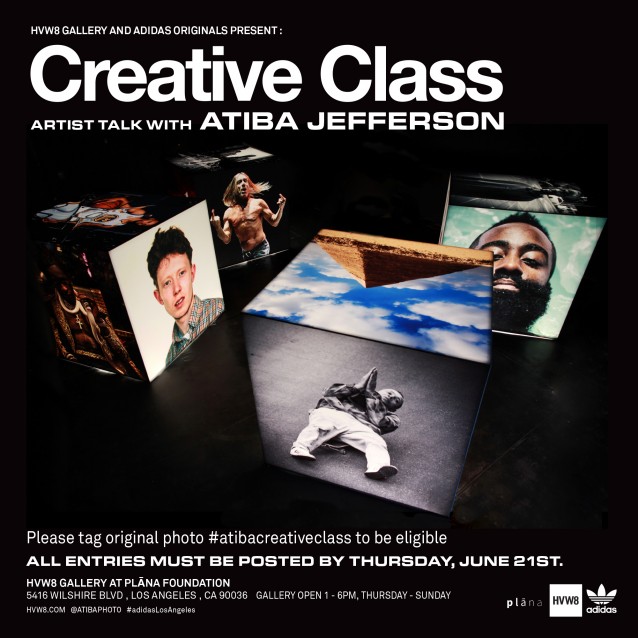
HVW8 Gallery and adidas Originals present :
Creative Class
Featuring Atiba Jefferson
An evening with Atiba Jefferson as he talks about his work and creative process for his ‘Heart-Shaped Box’ exhibition.
To be eligible to attend, please post an original photograph of yours and tag #atibacreativeclass and he will reach out if you’re selected.
All entries must be posted by Thursday, June 21st. The exhibit is located in Los Angeles, you must be in the area the weekend of June 23rd to attend if selected.
Creative Class is an ongoing series of artist talks and lectures fostering dialogue between established exhibiting artists and emerging artists and creatives.
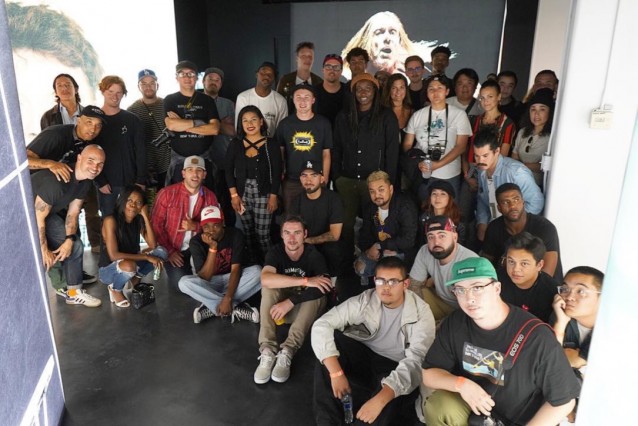

New Interview with Olimpia Zagnoli filmed at her exhibit Cuore di Panna at HVW8 Los Angeles.
Video by Max Junk @junkyfreshh
Music : Mediterraneo L’autostrada by Andrea Poggio @andrea_poggio

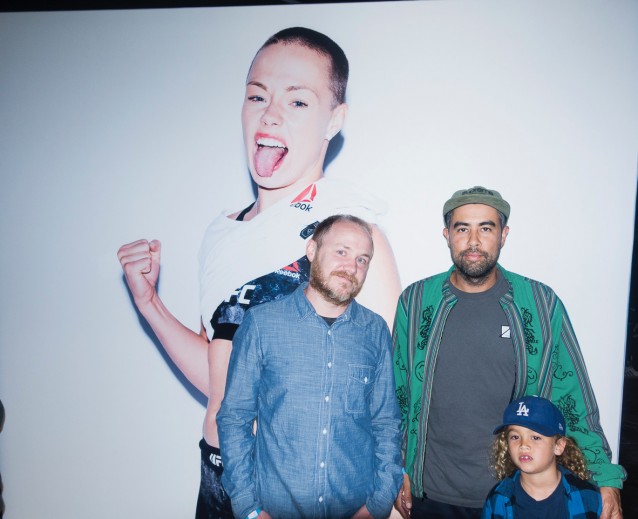
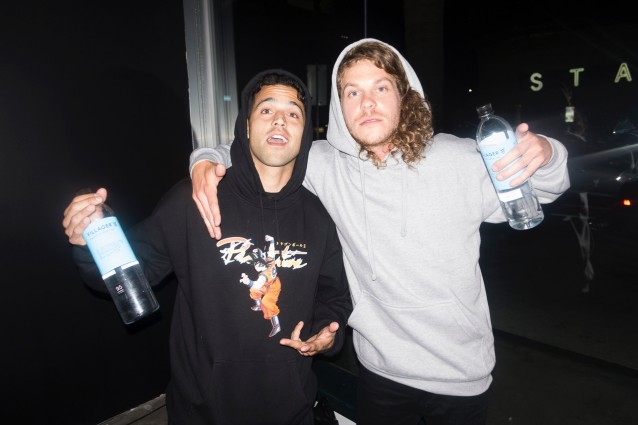
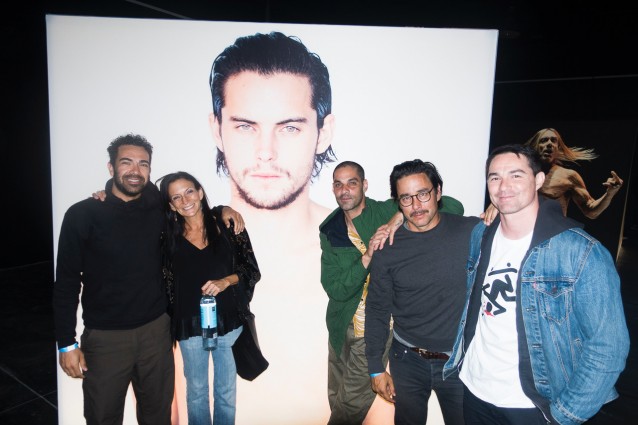
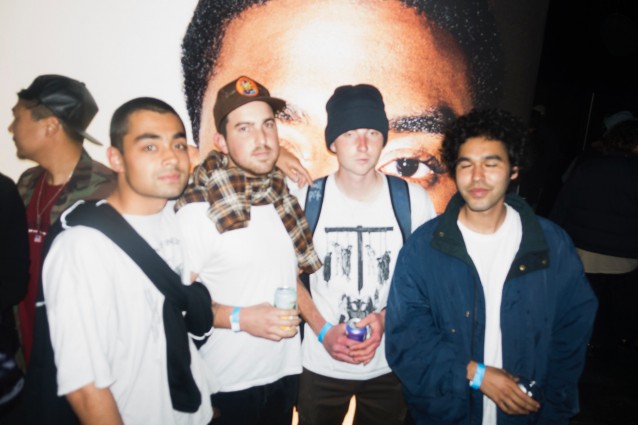
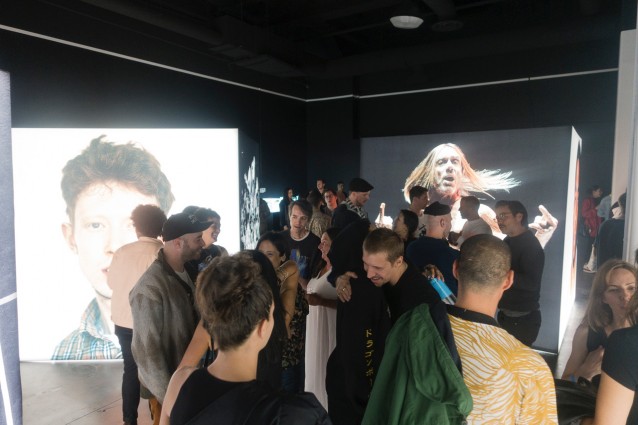
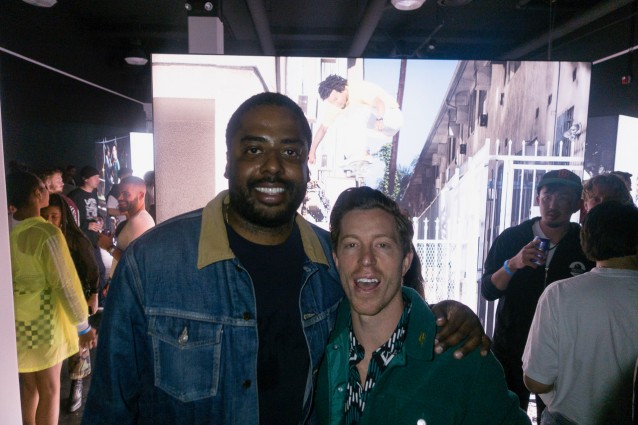
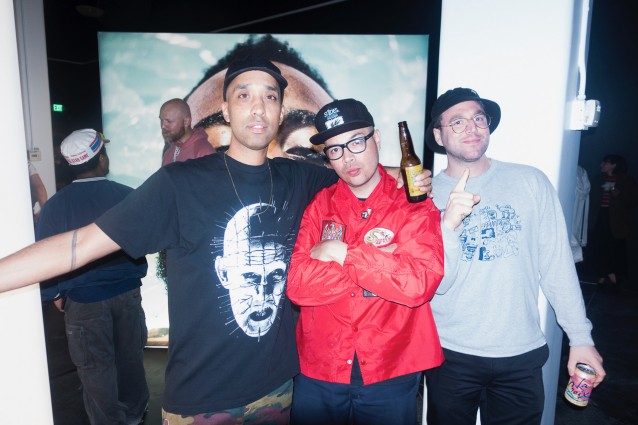

Thank-you to everyone that came out to the opening of Atiba Jefferson’s ‘Heart Shaped Box’.
Exhibition runs through July 15th. Please email inquires to info@hvw8.com
HVW8 GALLERY AT PLĀNA
5416 WILSHIRE BLVD., LOS ANGELES, CA 90036
GALLERY OPEN 1 – 6PM, THURSDAY – SUNDAY

Olimpia Zagnoli – Cuore di Panna
OPENING MAY 25TH, 6 – 10PM
Music By Virgil Normal, Shirley Kurata and and DJ Pubes.
RSVP AT RSVP@HVW8.COM
661 N. Spaulding Ave, LA 90036
EXHIBITION RUNS MAY 25th – JULY 1st
Presented by adidas Originals
#adidasLosAngeles
About the Exhibit
Through a series of evocative still lifes, light installations and videos, the artist recalls her childhood memories lived in the era between the end of the 80s and the beginning of the 90s in a sunny Italian season, dazed from images from TV advertisements of ice cream and sodas. Italy was still unaware of the approaching dark years of Berlusconism, in which American magnetism, shaking booties and the cult of money would sabotage the cultural landscape that had characterized the country during the 70s. The artist remembers afternoons spent sitting on plastic chairs outside ice cream parlors, with Heather Parisi playing on the radio and her mother smoking cigarettes while reading Hemingway, blue popsicles and glow-in-dark bracelets. In the years when Barbie Totally Hair was replacing Sophia Loren, summers seemed endless and dashing bicycle races with a Walkman on one’s ears were the best cures for loneliness.
About Olimpia Zagnoli
Olimpia Zagnoli was born in Reggio Emilia on the leap day in 1984. As a child she moved to Milan, where she currently lives and works. Olimpia studied illustration at the Istituto Europeo di Design (IED) in Milan and graduated in 2007. The following year, after a period of living in New York, she began publishing her illustrations in Italian and international newspapers. Olimpia draws on Futurism, as much as on The Beatles. Her unique style comprises essential images, curvy shapes and saturated colors, inspired equally by art history and pop culture.
Throughout the years she has collaborated with The New York Times, Taschen, Vanity Fair, New Yorker and Rolling Stone, to name a few. She illustrated three children’s books: “The World Belongs To You”, “Mister Horizontal & Miss Vertical” and created her version of the masterpiece “The Wonderful Wizard of OZ”. Her bright and ironic images have acted as a framework for advertisement campaigns for Google, Sephora, Air France, Clinique and Miller. She has worked with leading fashion brands, among them Fendi, Prada, Hermes and Marella (Max Mara group).
Along with commissioned works, Olimpia Zagnoli conducts her personal artistic research where she builds a dialogue between illustration and different artistic media. In particular, she experimented with the relationship between drawing and tridimensionality, as well as video: she crafted a series of design objects, kinetic sculptures and directed music videos. Her work has been showcased in numerous group shows around Italy and Europe, and in solo shows: “Parco Zagnoli” at the Ninasagt gallery in Düsseldorf (2014), “Cinetica Zagnoli Elettrica” at 121+ in Milan (2015), “La Grande Estate” at Mutty gallery in Castiglione delle Stiviere (2016) and “How To Eat Spaghetti Like a Lady” at Antonio Colombo Gallery in Milan (2017).
HVW8 Gallery x adidas Originals
HVW8 Gallery and adidas Originals continue their long partnership in fostering emerging artists and creators from around the world. By supporting local artists and providing an inclusive environment for dialogue between artists from various cultures and mediums, the partnership provides an international platform for new and diverse artistic visions. Past artists include Kilo Kish, Brian Lotti, Inès Longevial, Gogy Esparza, Jey Perie, Lisa Leone, Mark Gonzales and Jean Jullien.

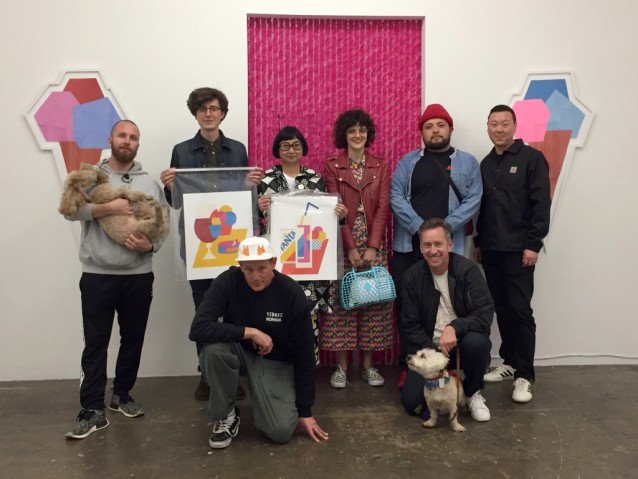
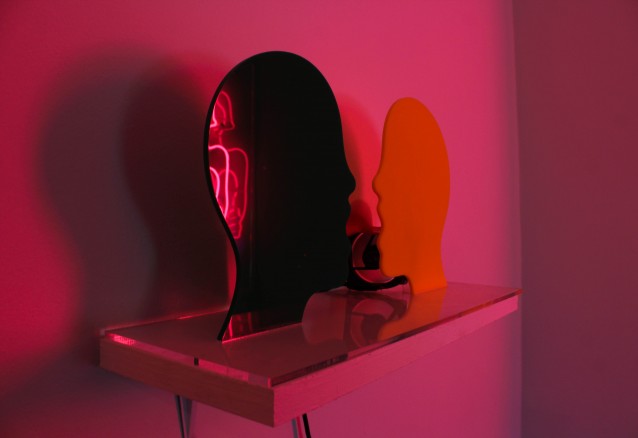

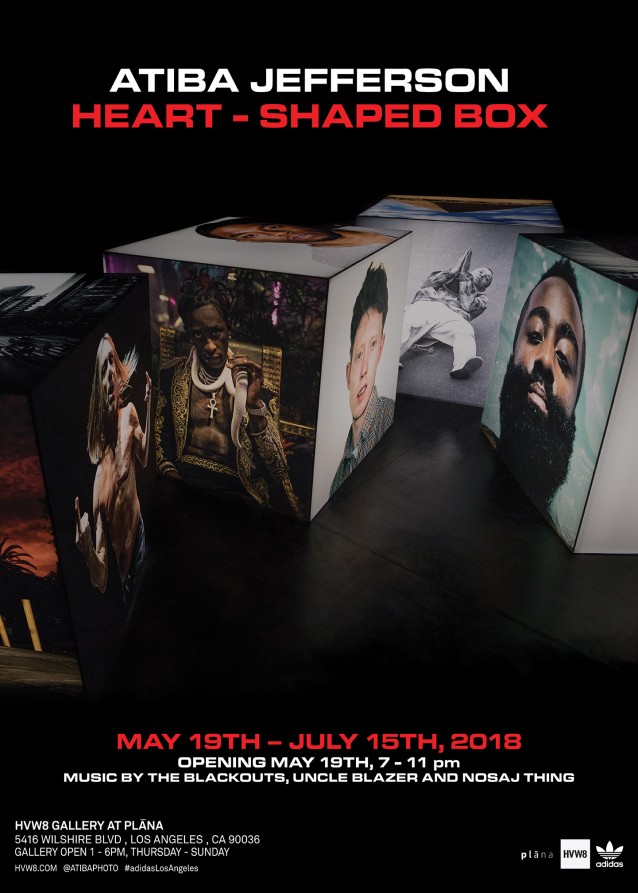
ATIBA JEFFERSON – ‘HEART-SHAPED BOX’
MAY 19TH – JULY 15TH, 2018
Opening Night May 19th, 7 – 11 pm, presented with Jägermeister
rsvp@hvw8.com
HVW8 GALLERY AT PLĀNA
5416 WILSHIRE BLVD., LOS ANGELES, CA 90036
GALLERY OPEN 1 – 6PM, THURSDAY – SUNDAY
HVW8.COM @ATIBAPHOTO
#adidasLosAngeles
About the show
HVW8 Gallery and adidas Originals are pleased to present ‘Heart-Shaped Box’, an immersive exhibition of photography by Atiba Jefferson. Assembling large-scale lightbox cubes of Atiba’s iconic images, ‘Heart-Shaped Box’ establishes an interactive environment that shines a new light on the renowned photographer’s continually evolving practice. The show configures four lightboxes in a black-painted gallery space, illuminated from within to reveal a sublime view of Atiba’s portraits, action shots and cityscapes, while drawing attention to the essential component of light throughout the photographic process.
‘Heart-Shaped Box’ celebrates twenty years of Atiba’s photography. Keeping it fresh, the show collates images from his more recent archives, some of which have never been viewed beyond the dimensions of an iPhone screen. The installation presents digital and analogue work across five facades of the 8 ft lightbox cubes, enabling new dialogues to occur between the images when the structures are observed from different perspectives. “This collection of photos is how I view photography,” Atiba explains. “I like things to be different—from my lighting, format, angles and the same goes for my subjects. It’s not just skateboarding, it’s not just music, it’s not just people. It’s all the things I love.”
About Atiba Jefferson
Born in Colorado Springs, photographer and skateboarder Atiba Jefferson lives and works in Los Angeles. While these two passions have led to his international acclaim as a skateboarding photographer and working for Thrasher Magazine, Atiba also has a deep history with basketball, being a staff photographer for the LA Lakers during the Shaq and Kobe years, and shooting more SLAM magazine covers than any other photographer. Alongside commercial shoots for clients such as Supreme, adidas, Nike, Converse and Oakley, Atiba’s extensive portfolio also comprises music and lifestyle photography and has been exhibited across the globe.
HVW8 Gallery x adidas Originals
HVW8 Gallery and adidas Originals continue their long partnership in fostering emerging artists and creators from around the world. By supporting local artists and providing an inclusive environment for dialogue between artists from various cultures and mediums, the partnership provides an international platform for new and diverse artistic visions. Past artists include Kilo Kish, Brian Lotti, Inès Longevial, Gogy Esparza, Lisa Leone, Mark Gonzales and Jean Jullien.
Plana Foundation
Plana Foundation is a non-profit organization dedicated to the promotion and the advancement of creative fields including art, architecture and design through educational programs and events.